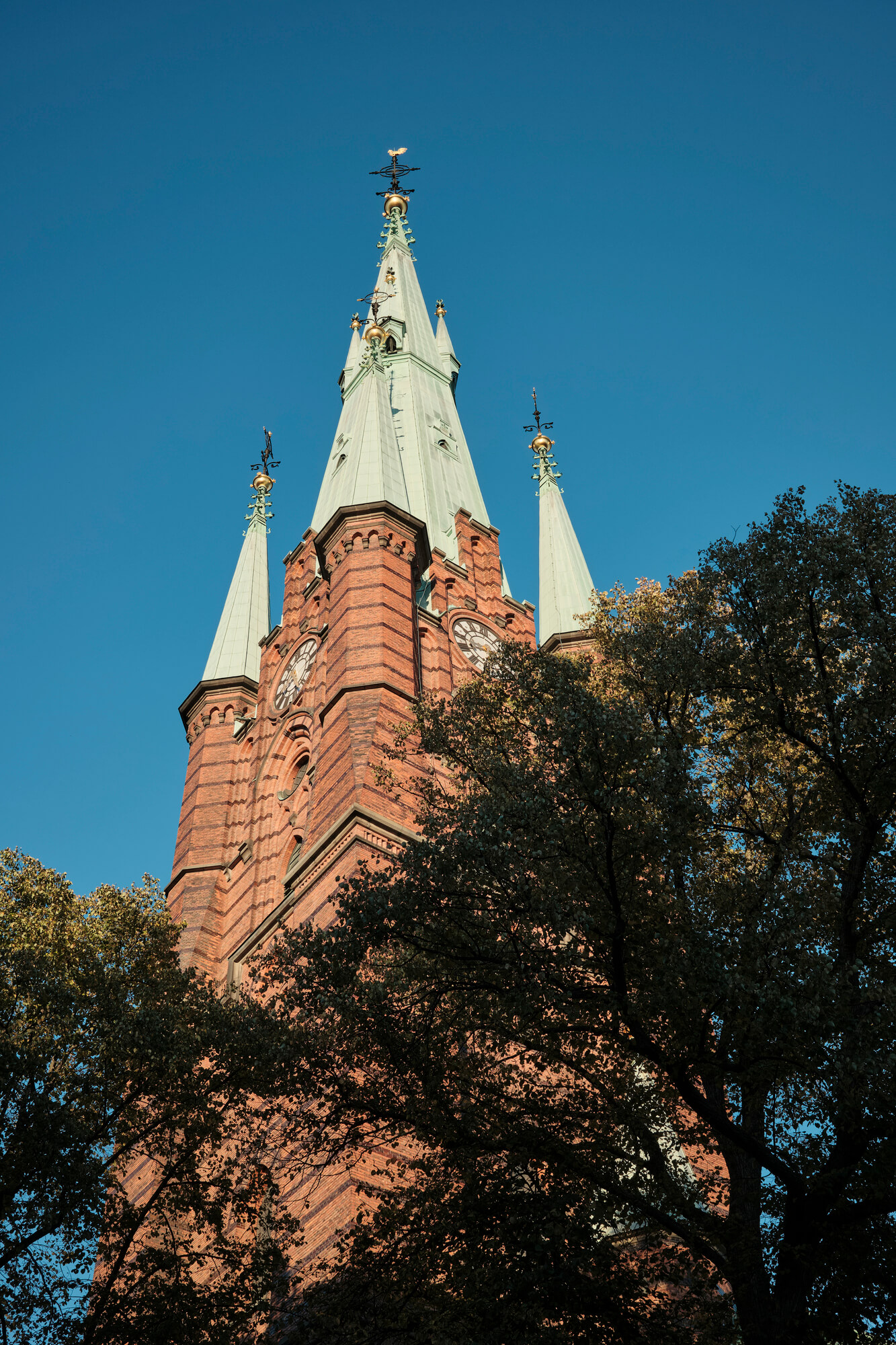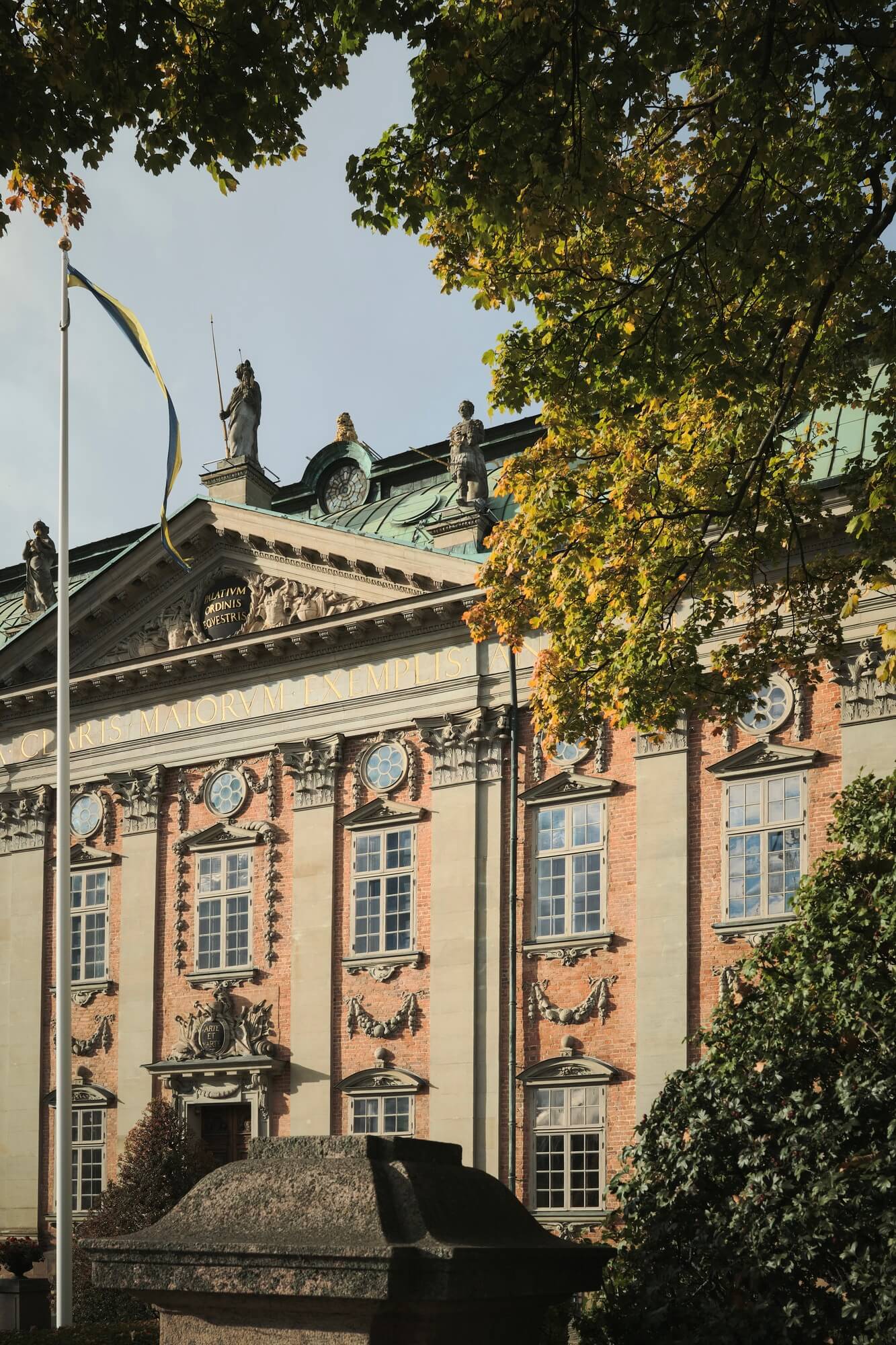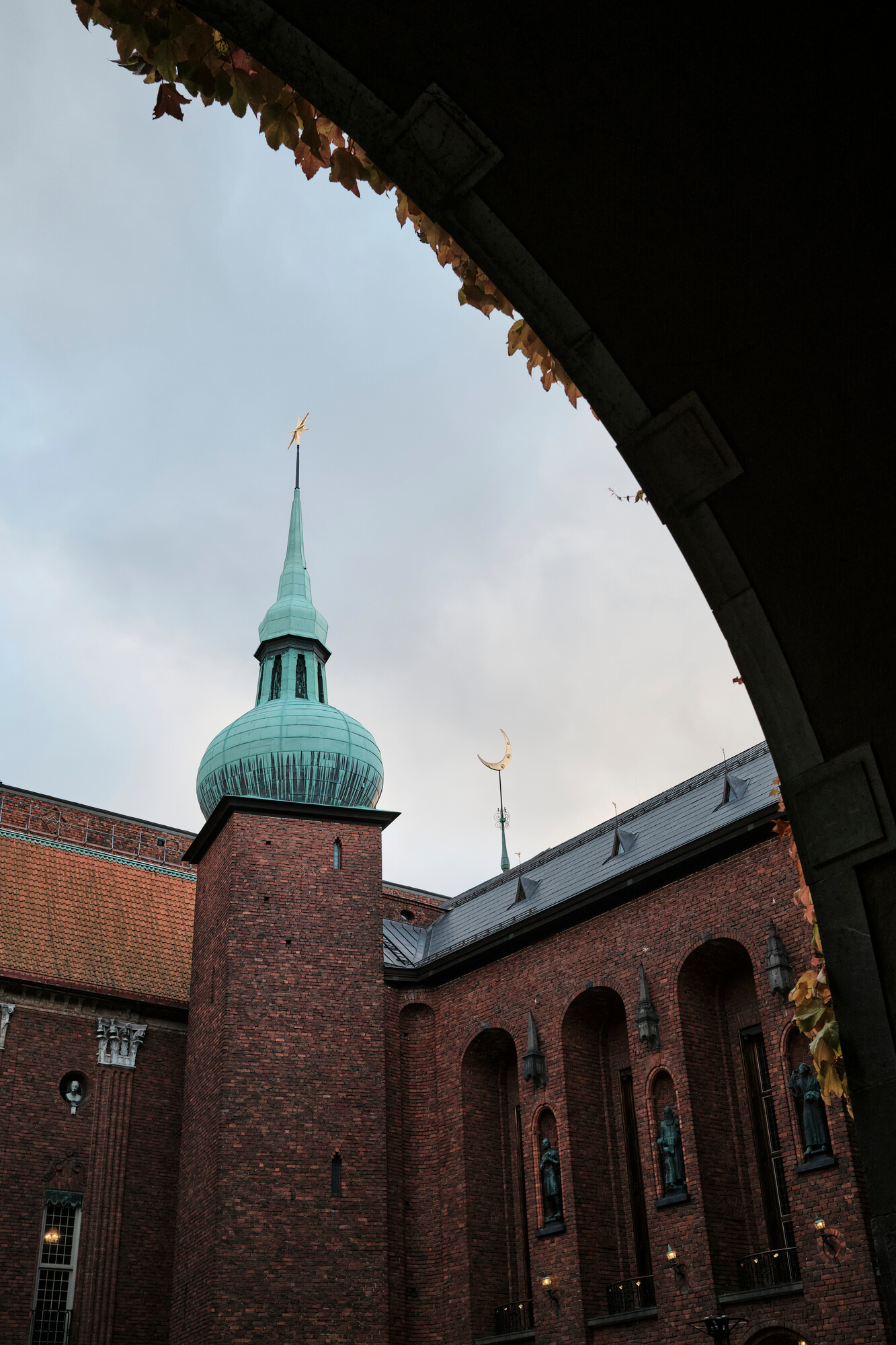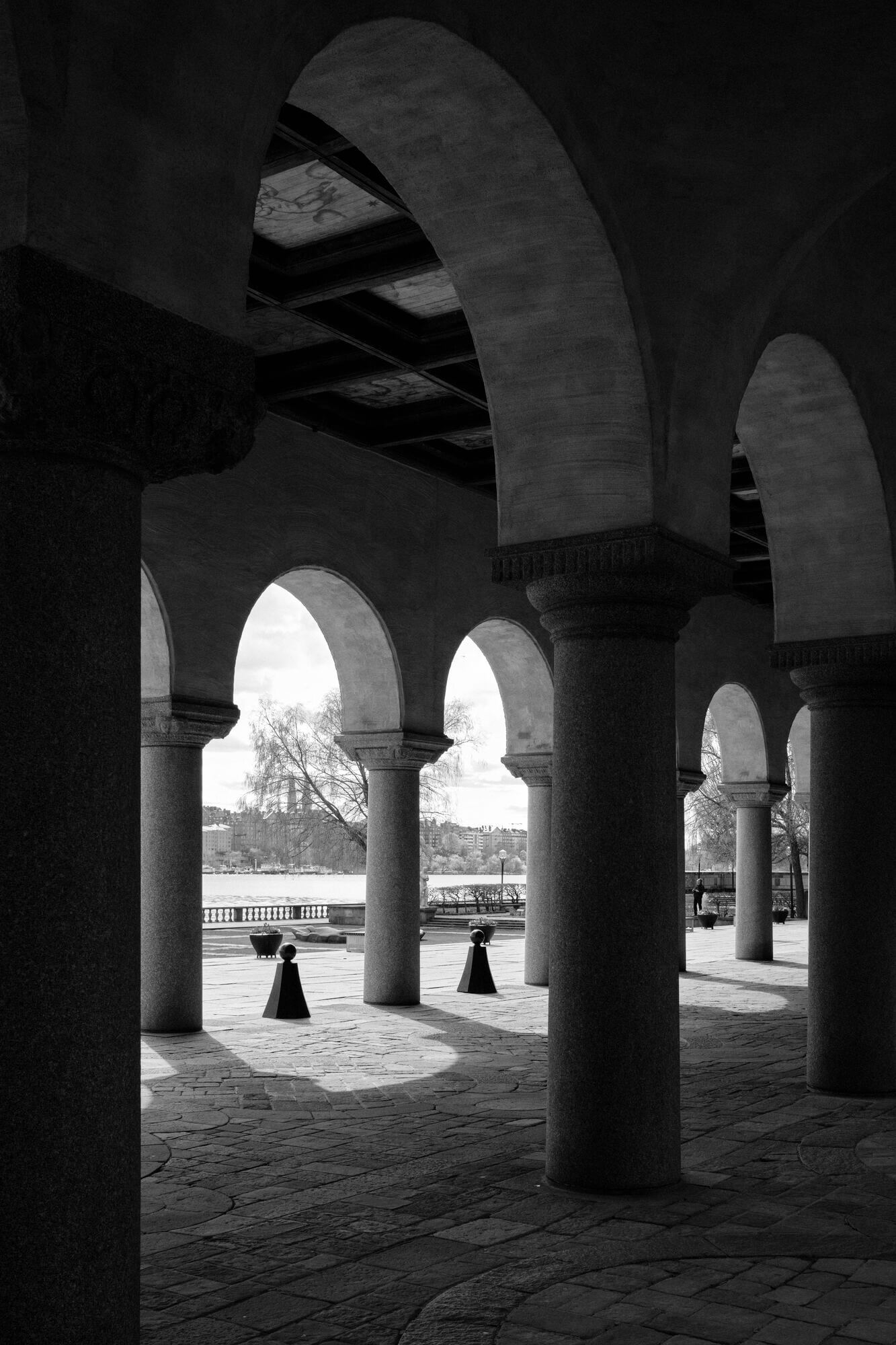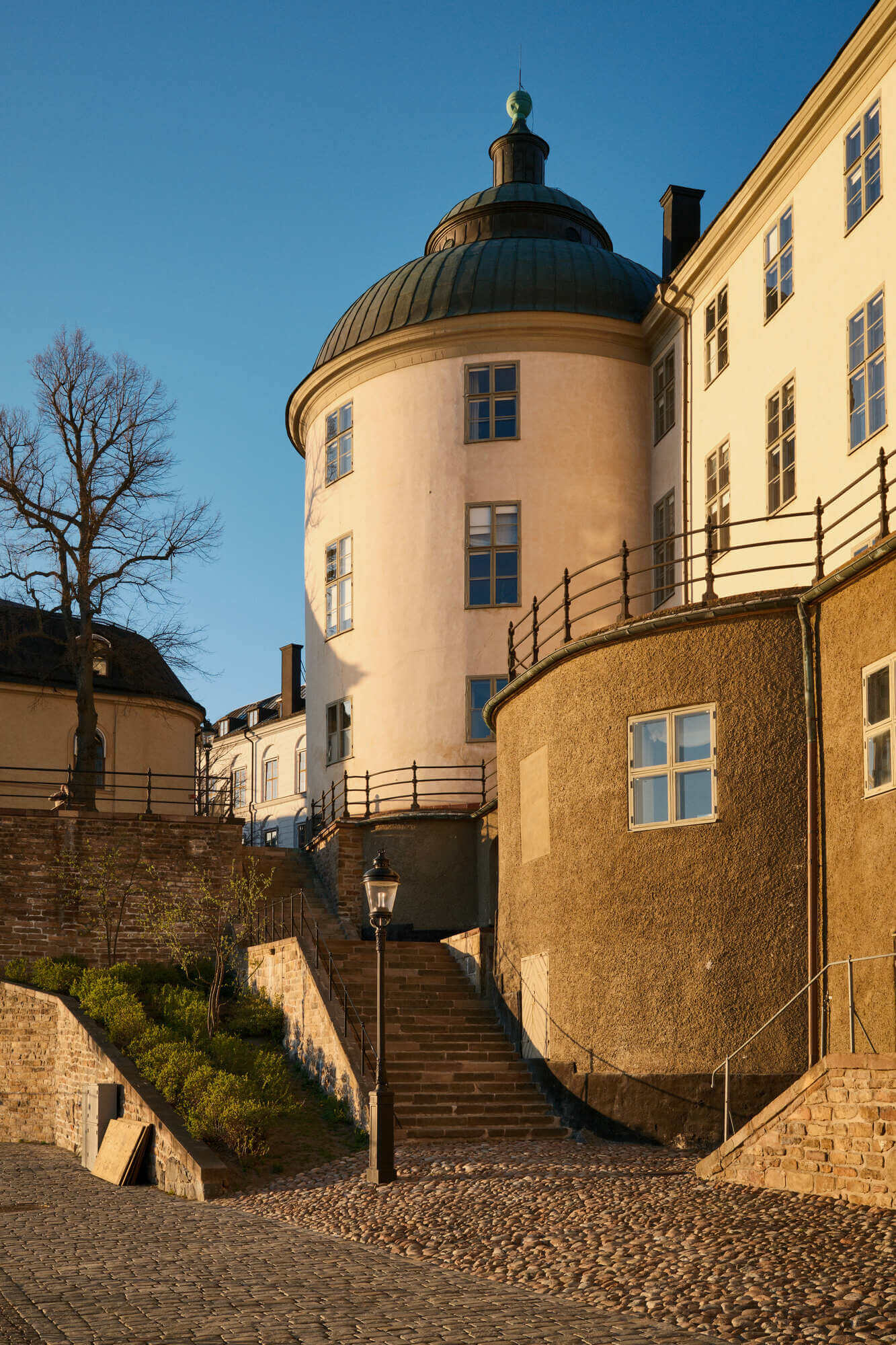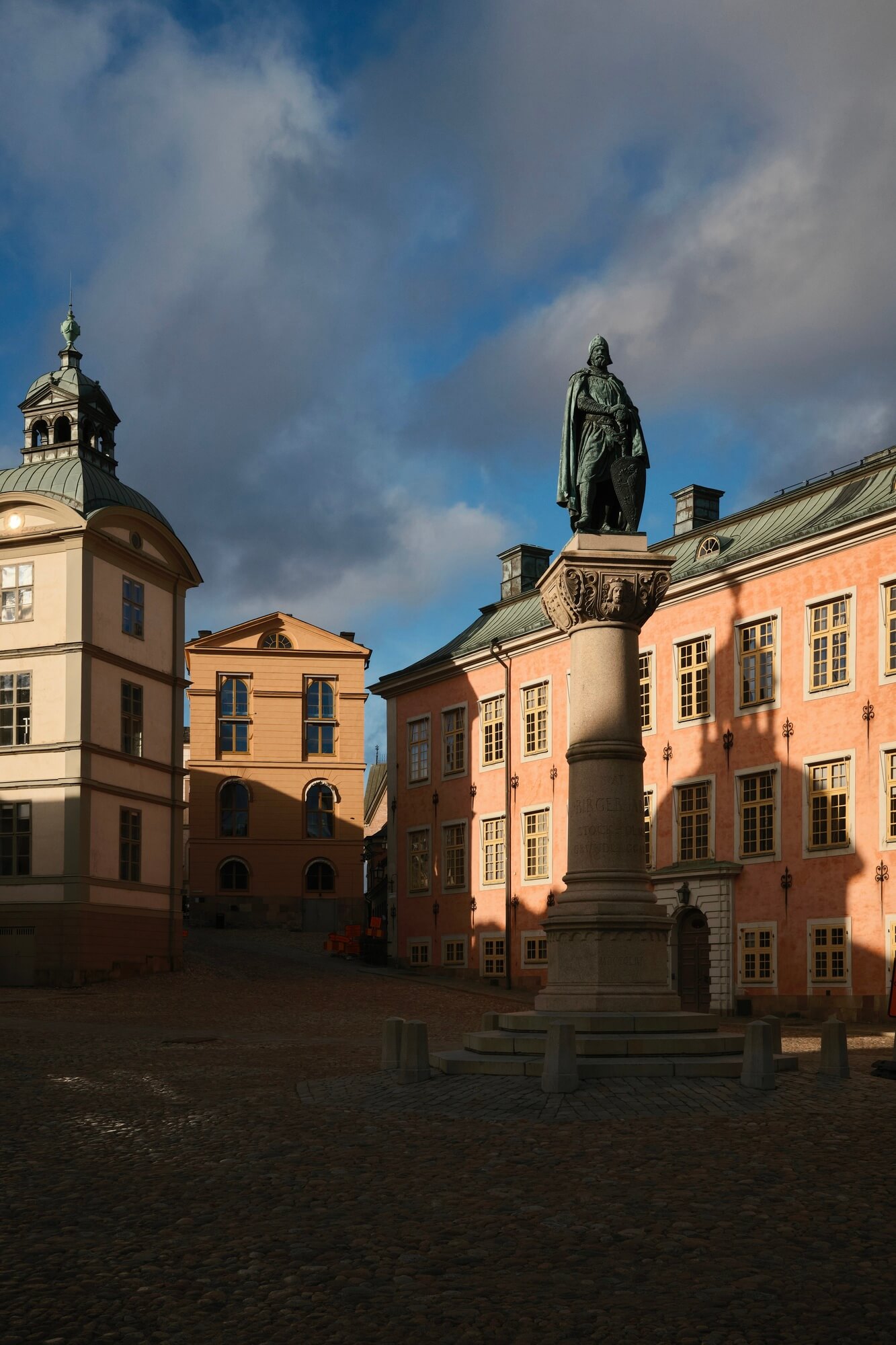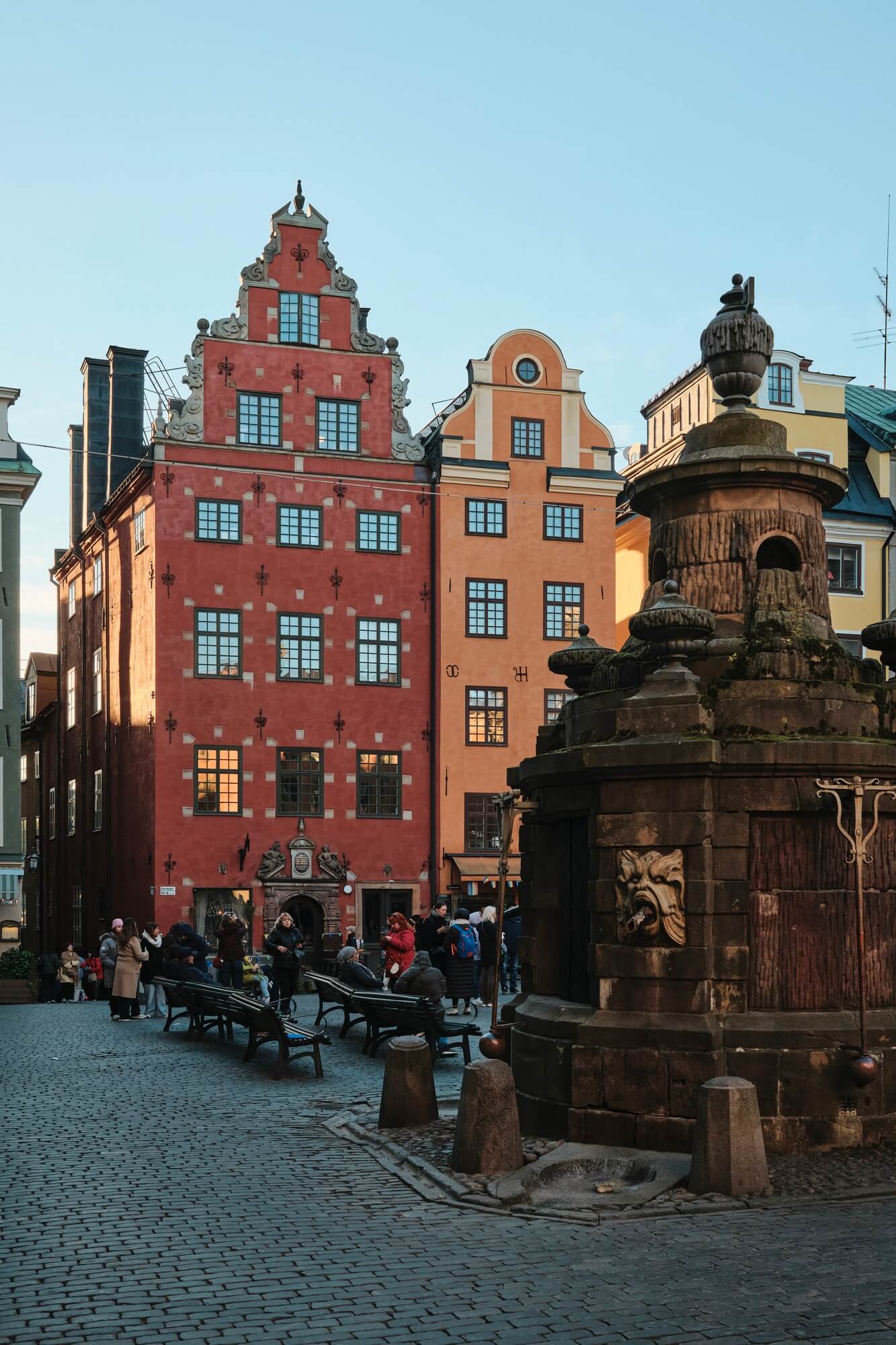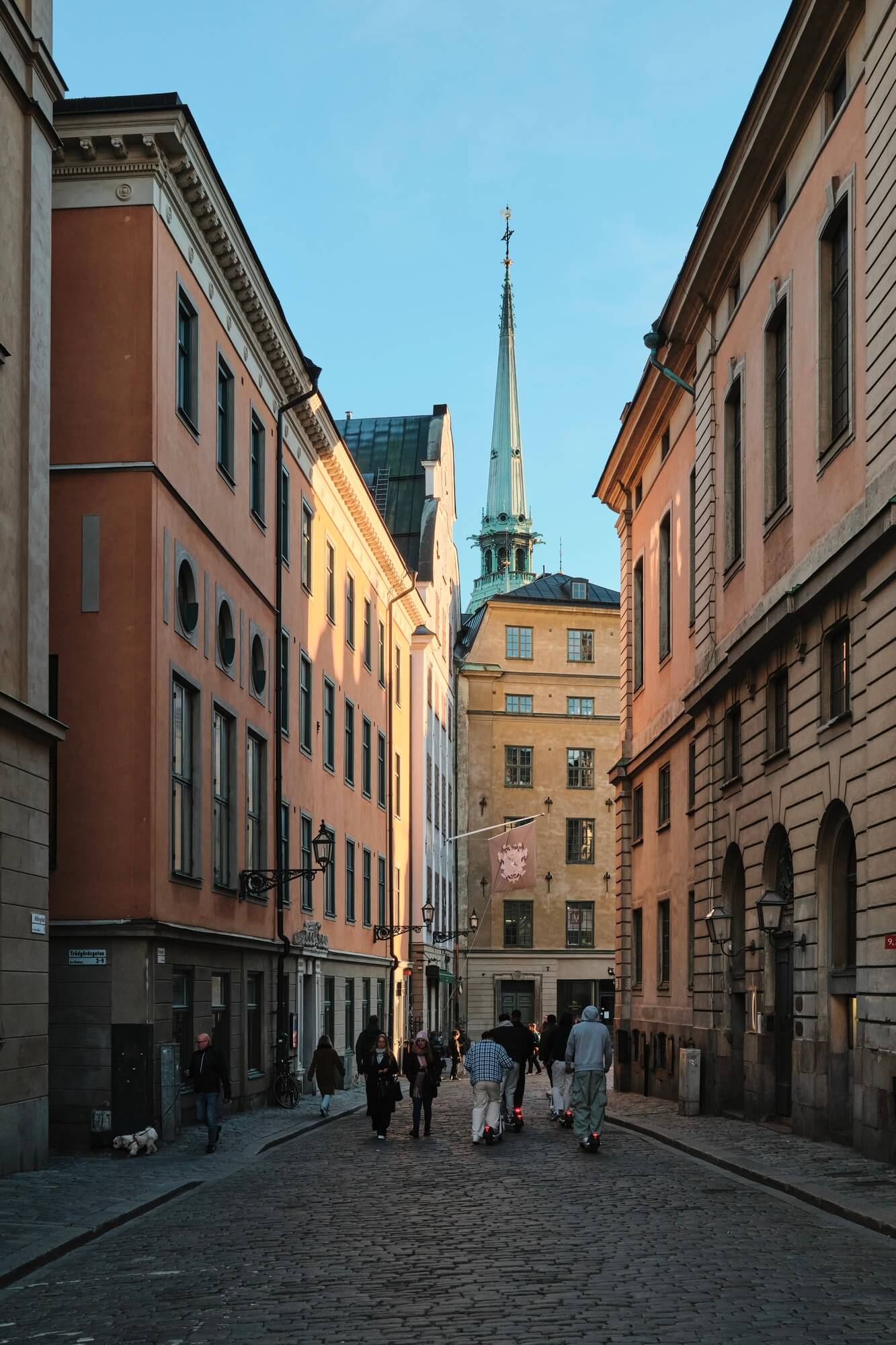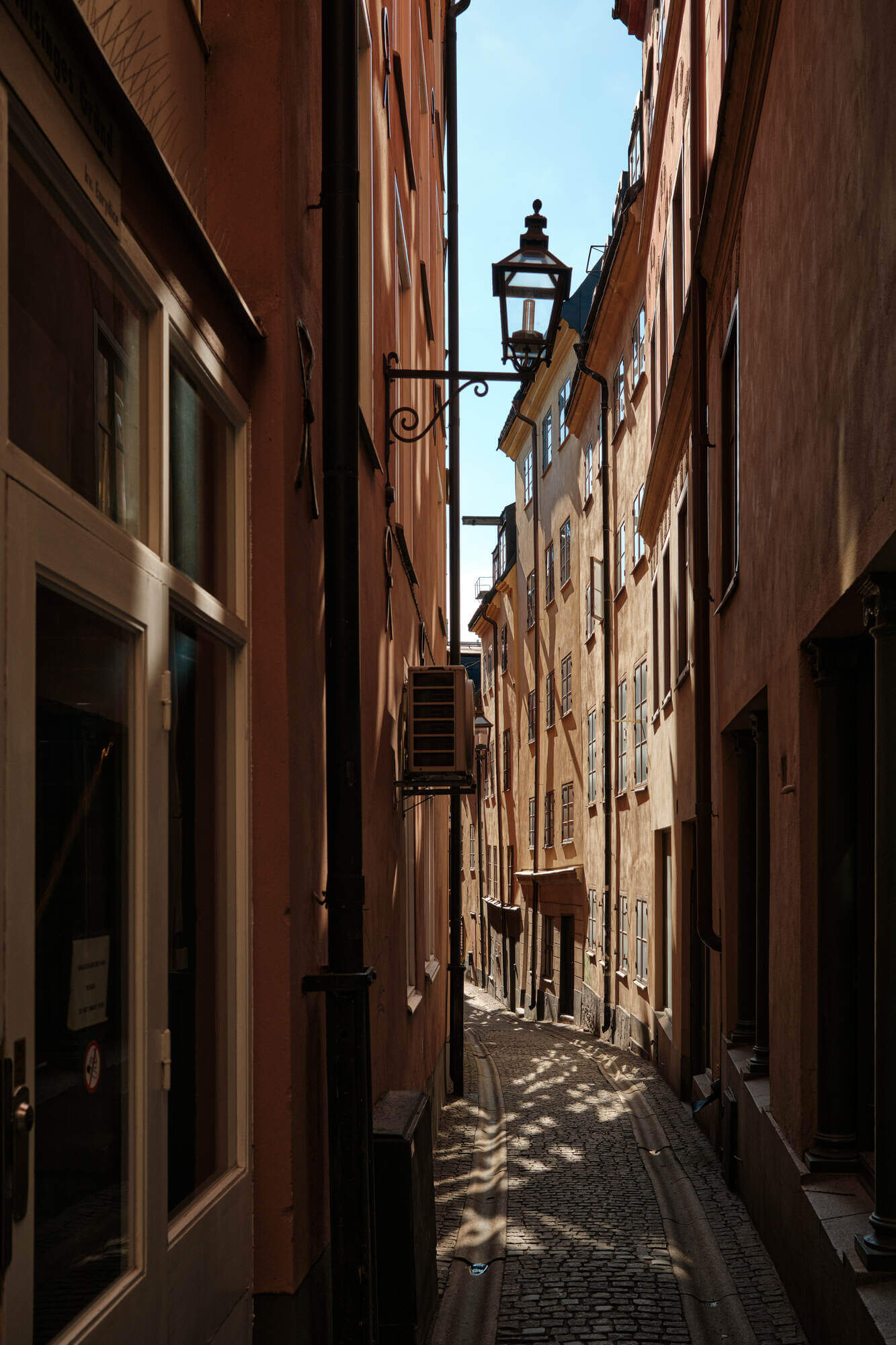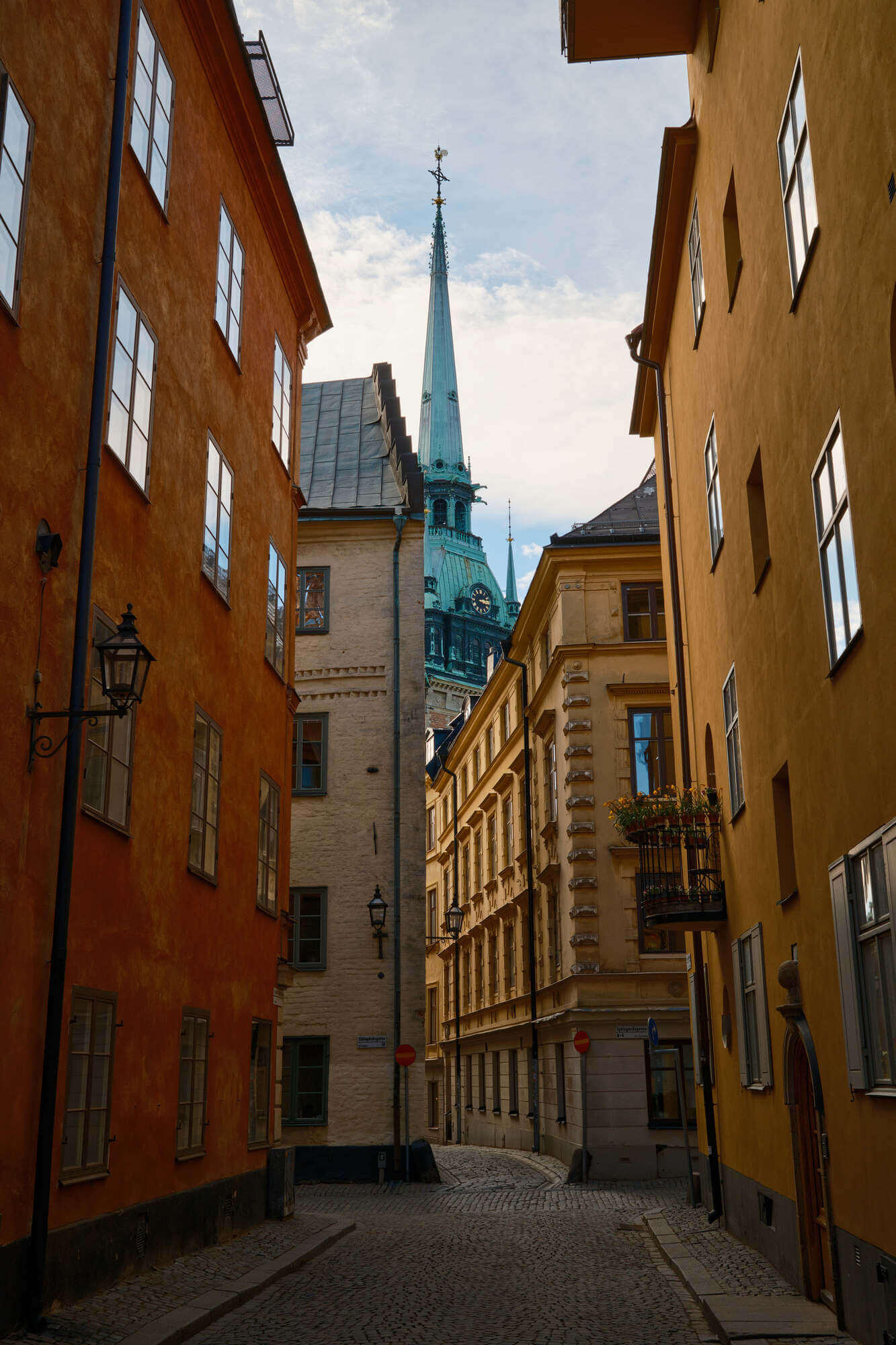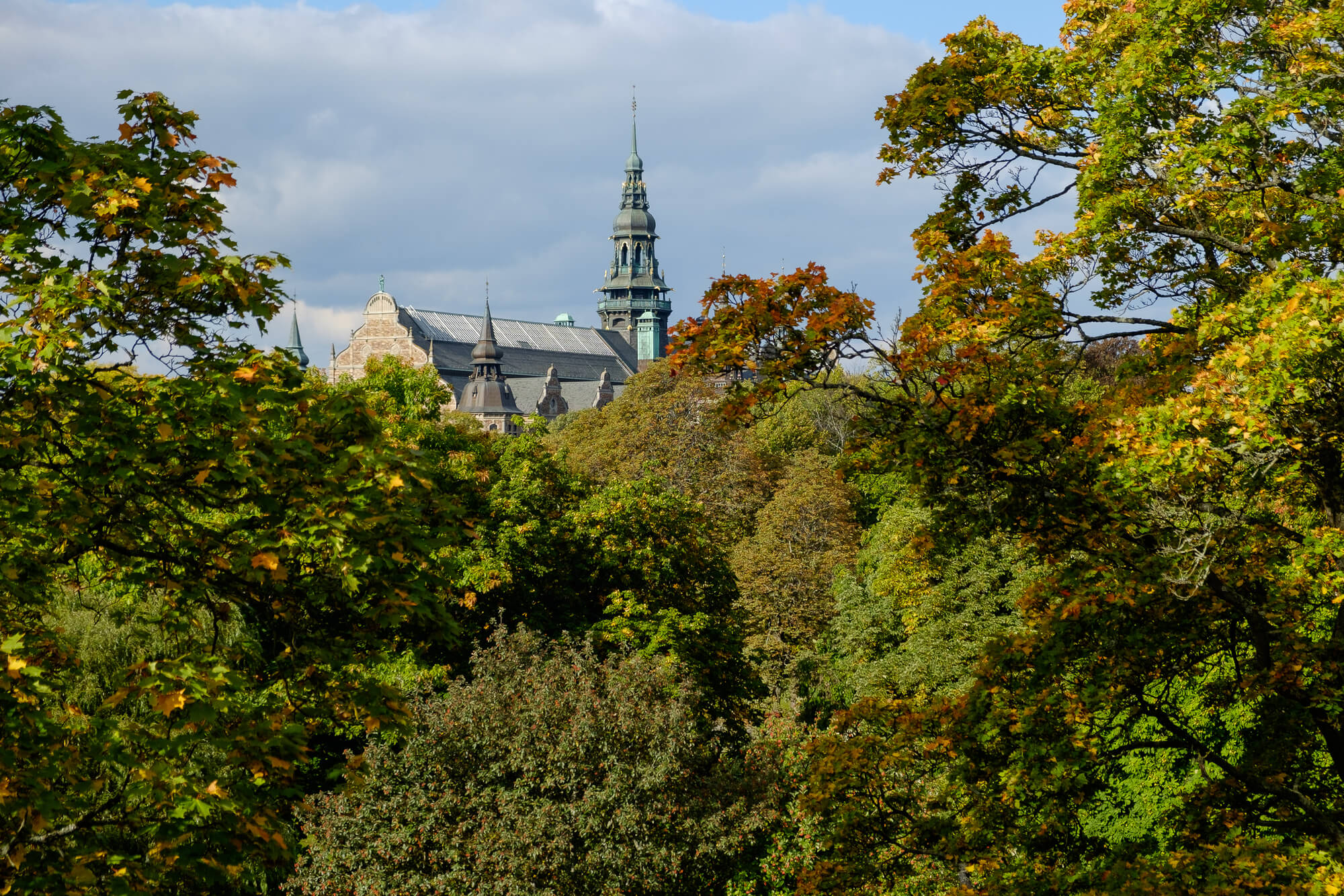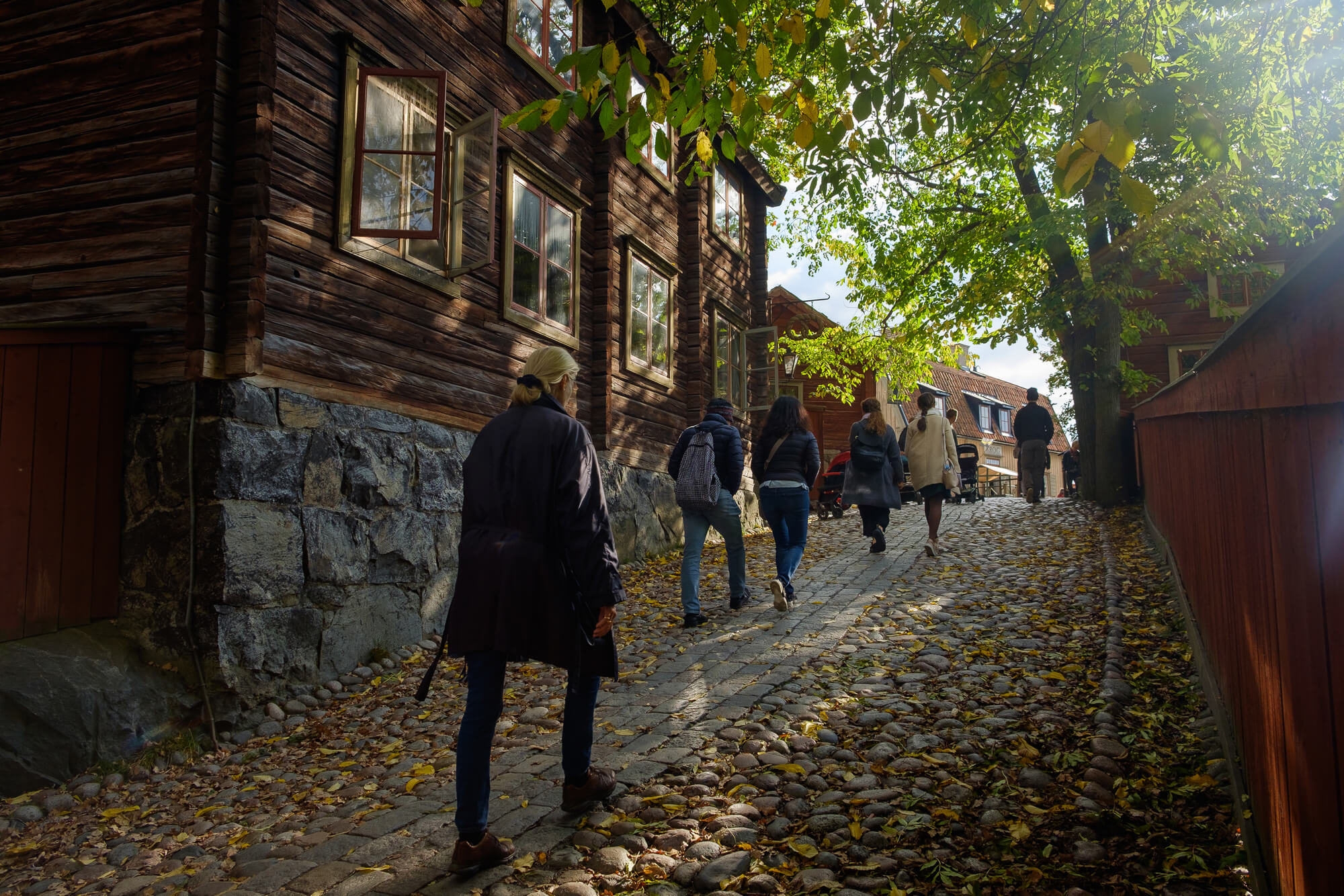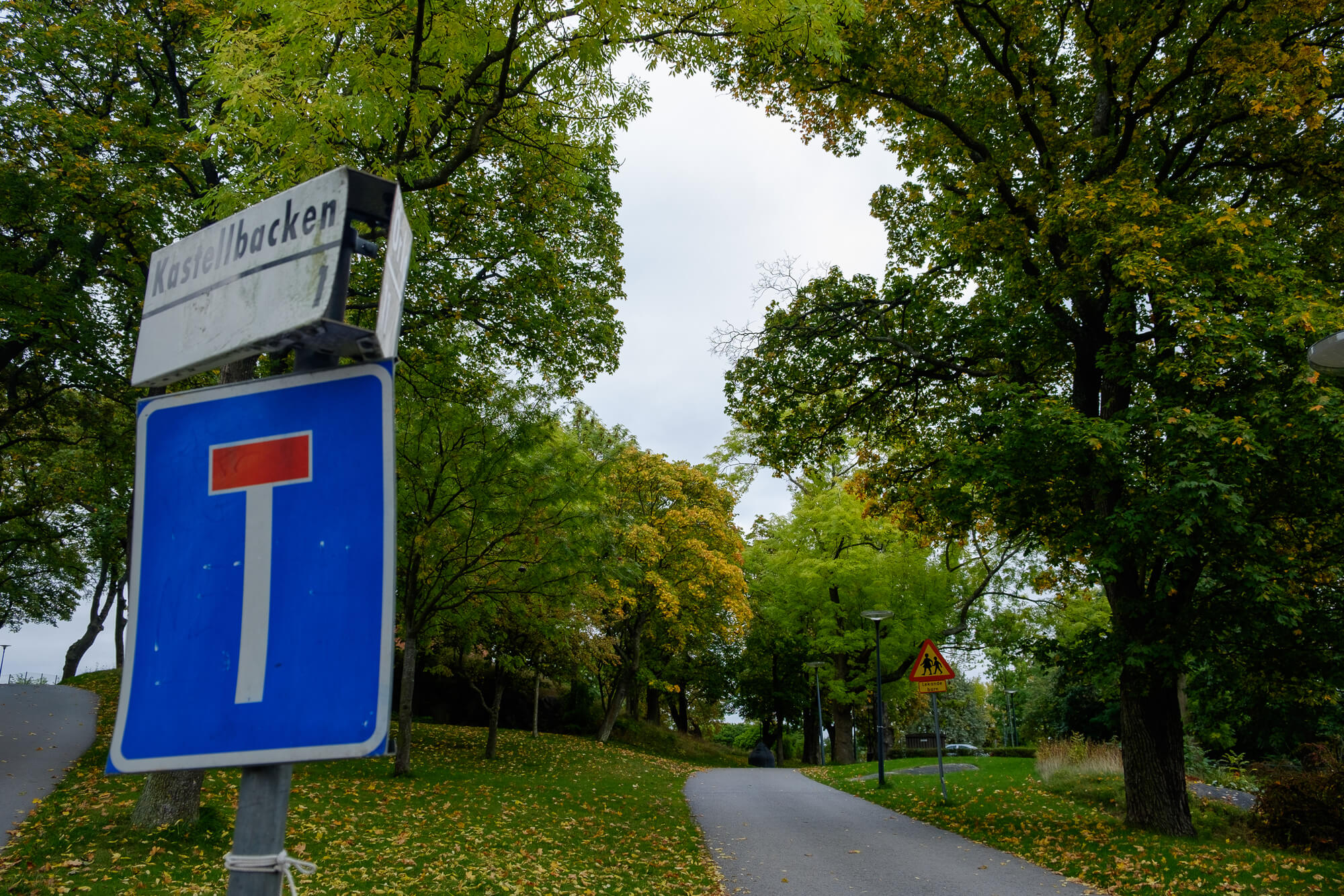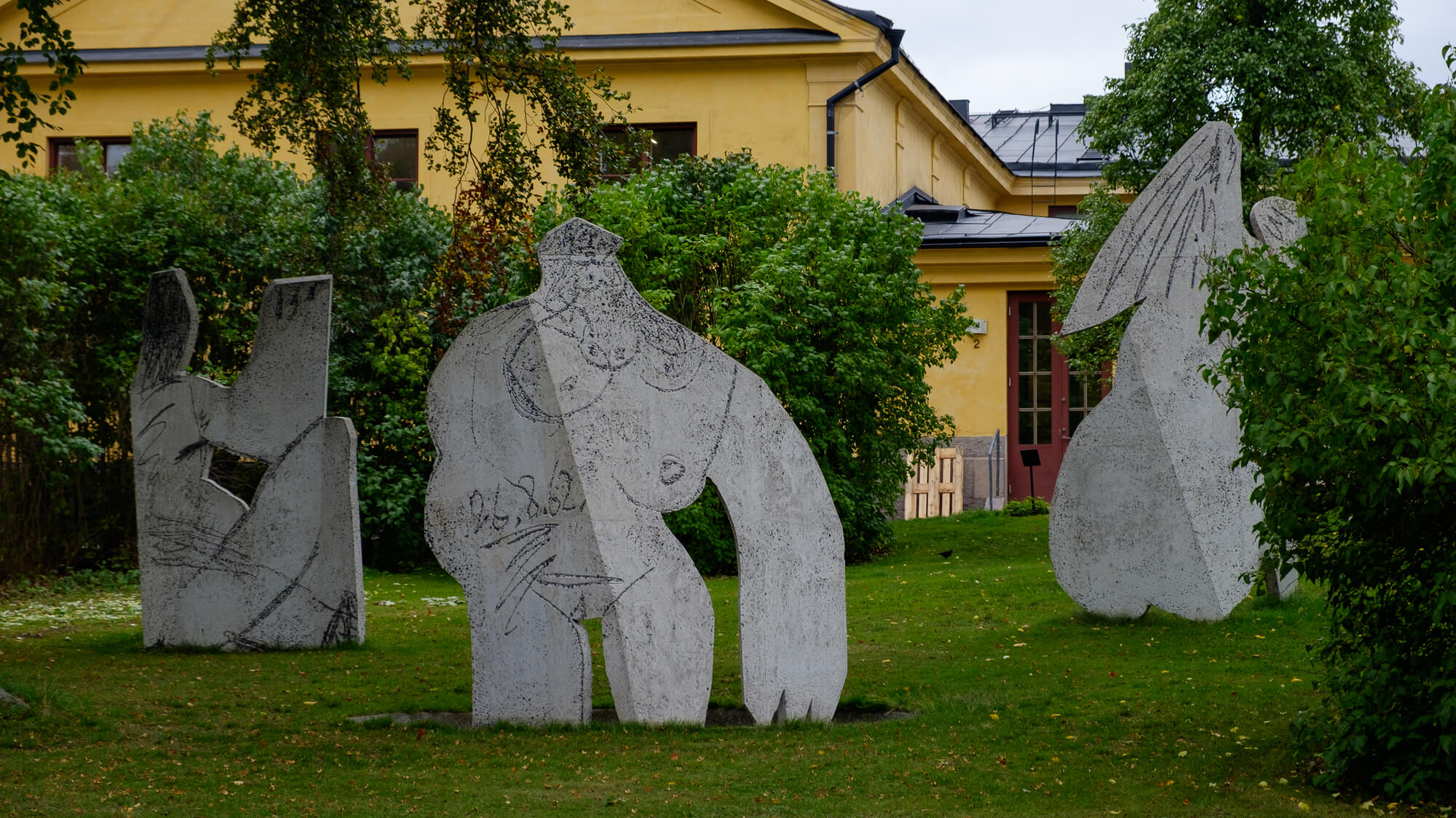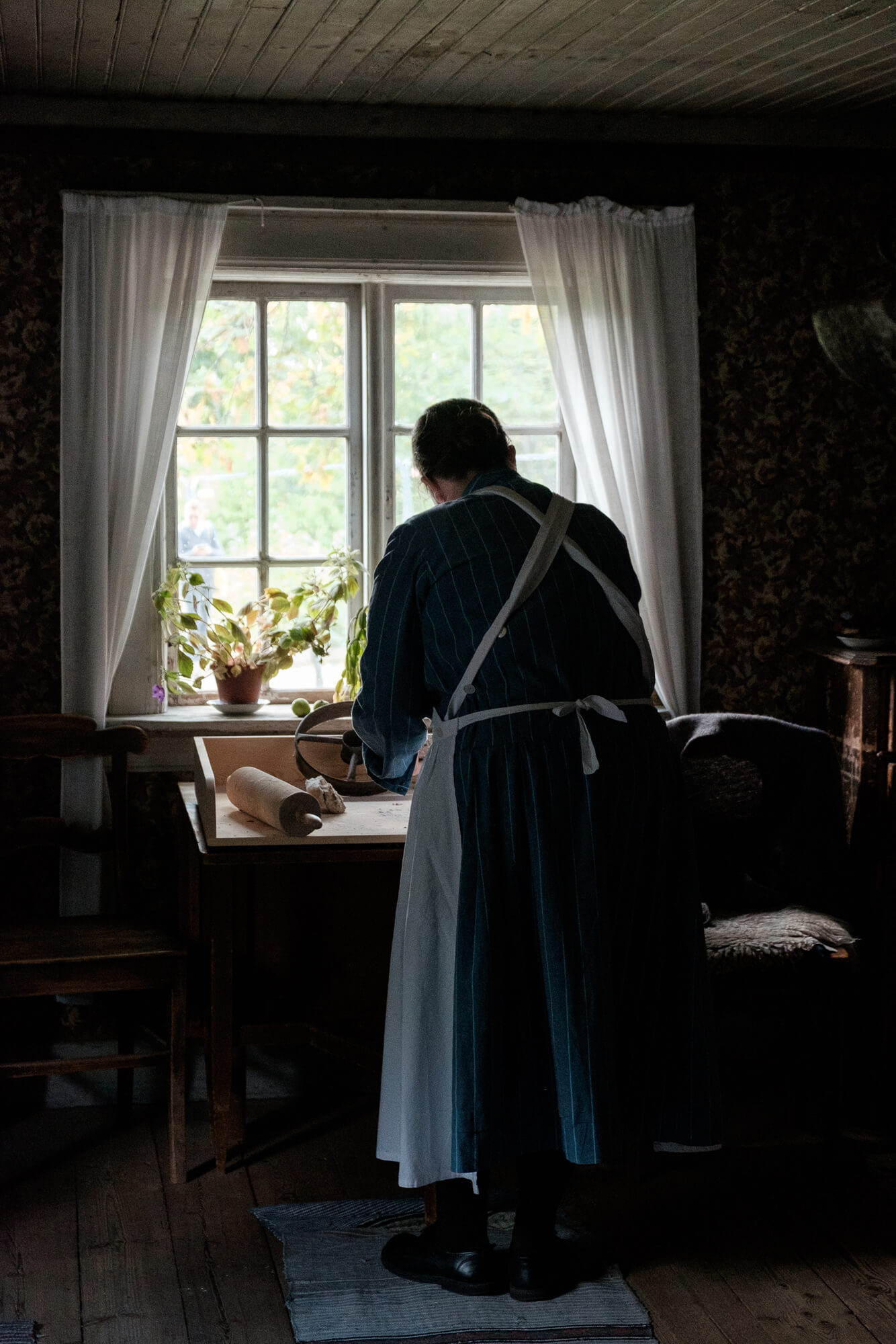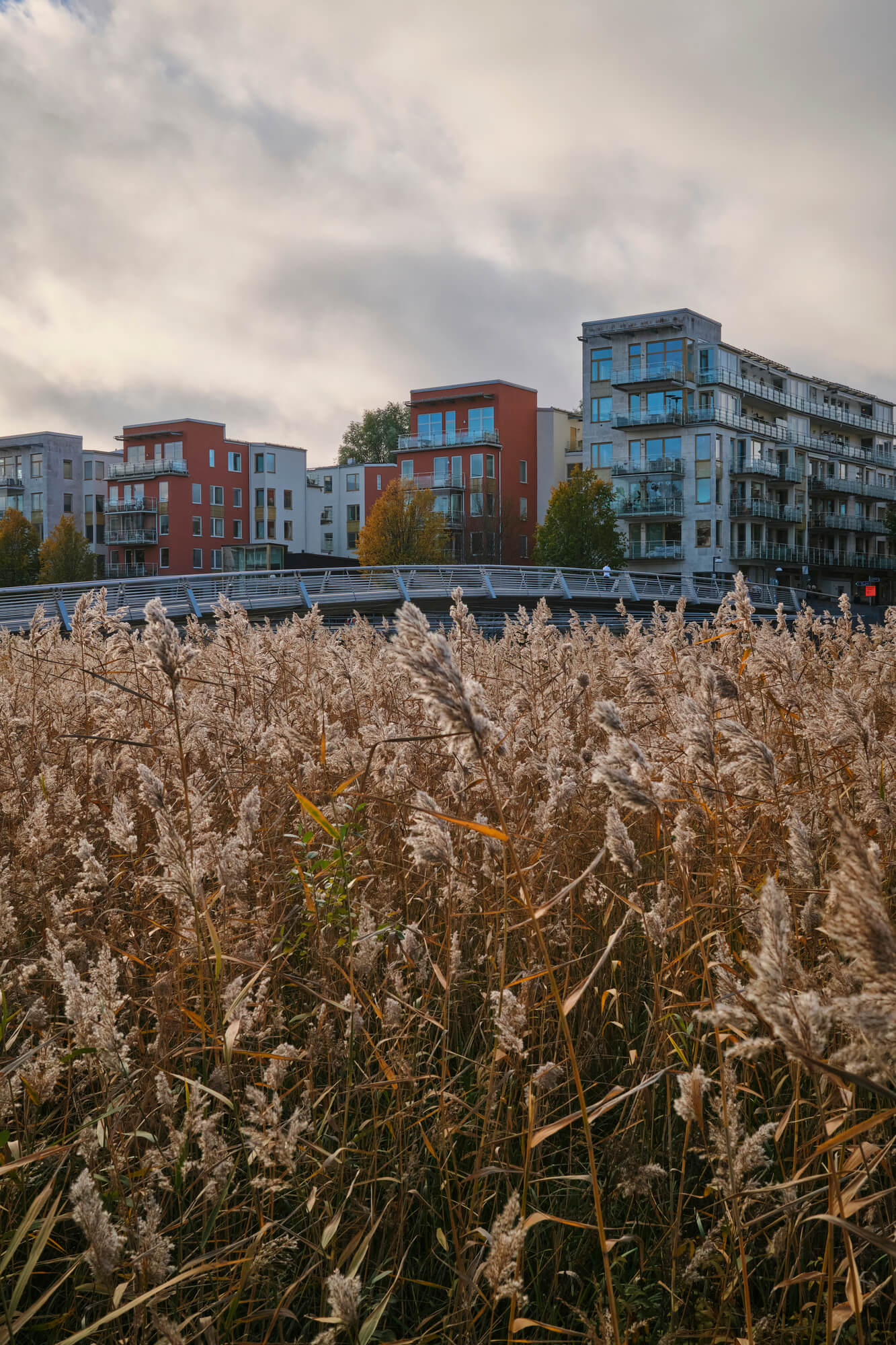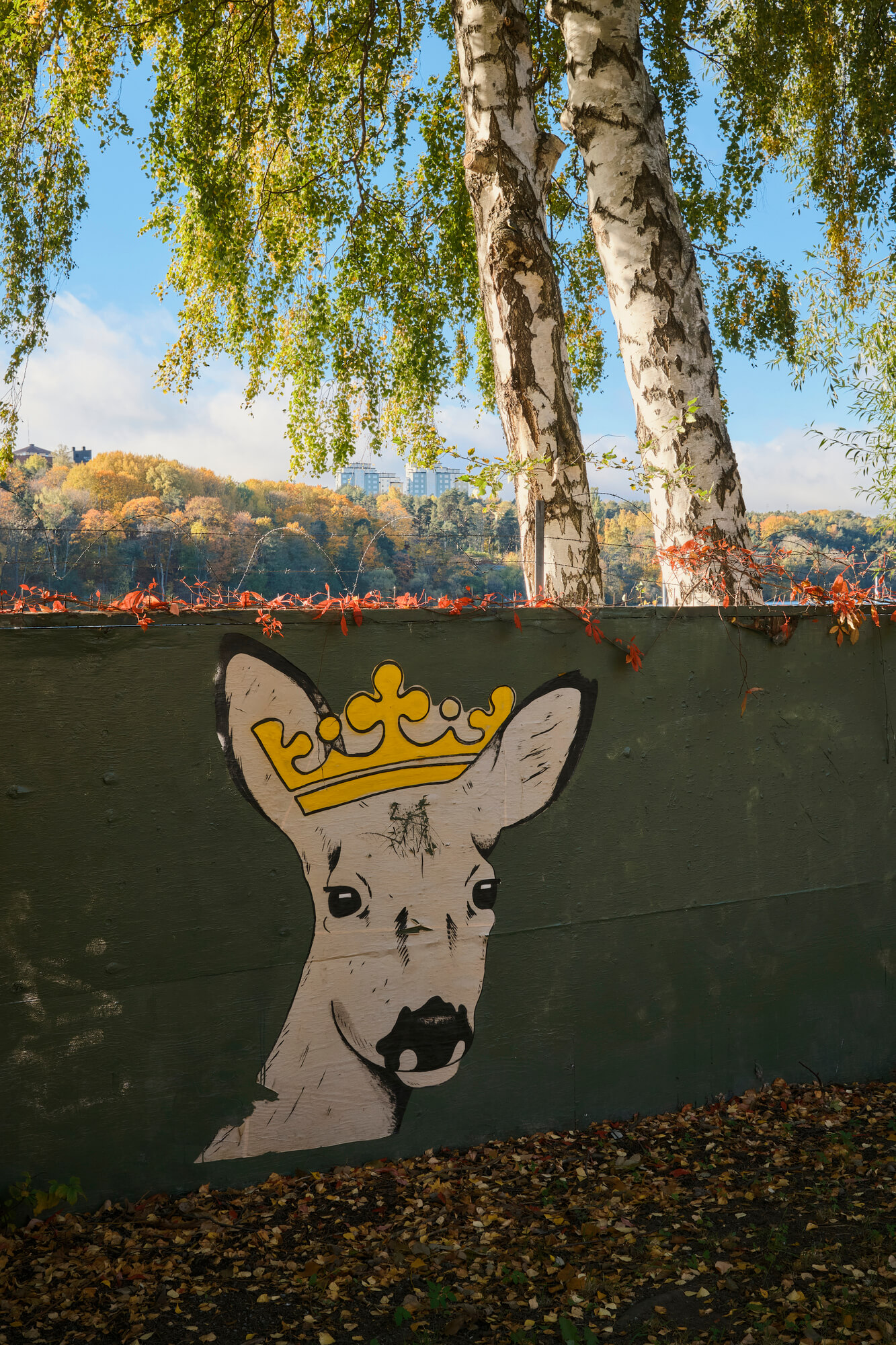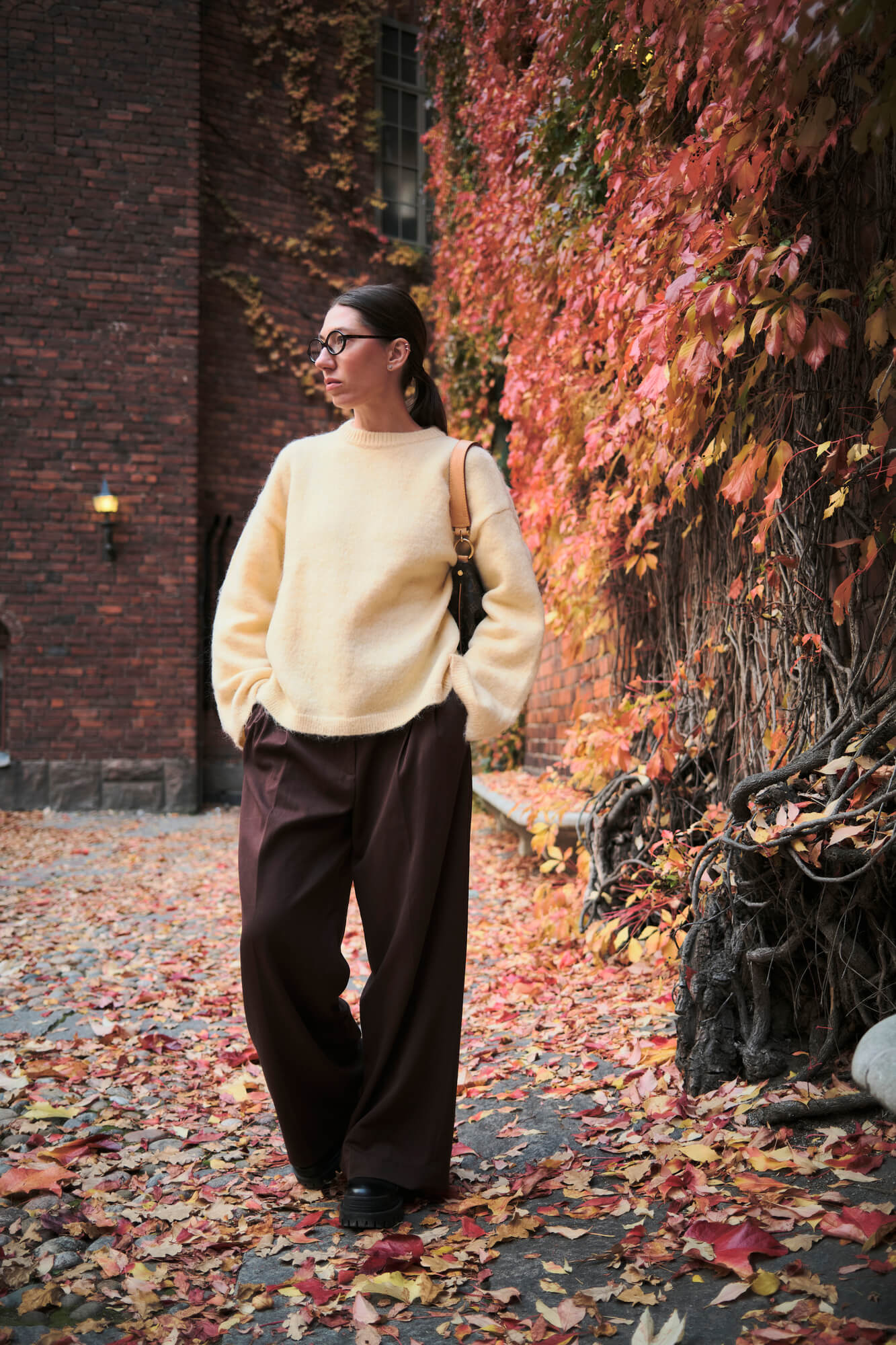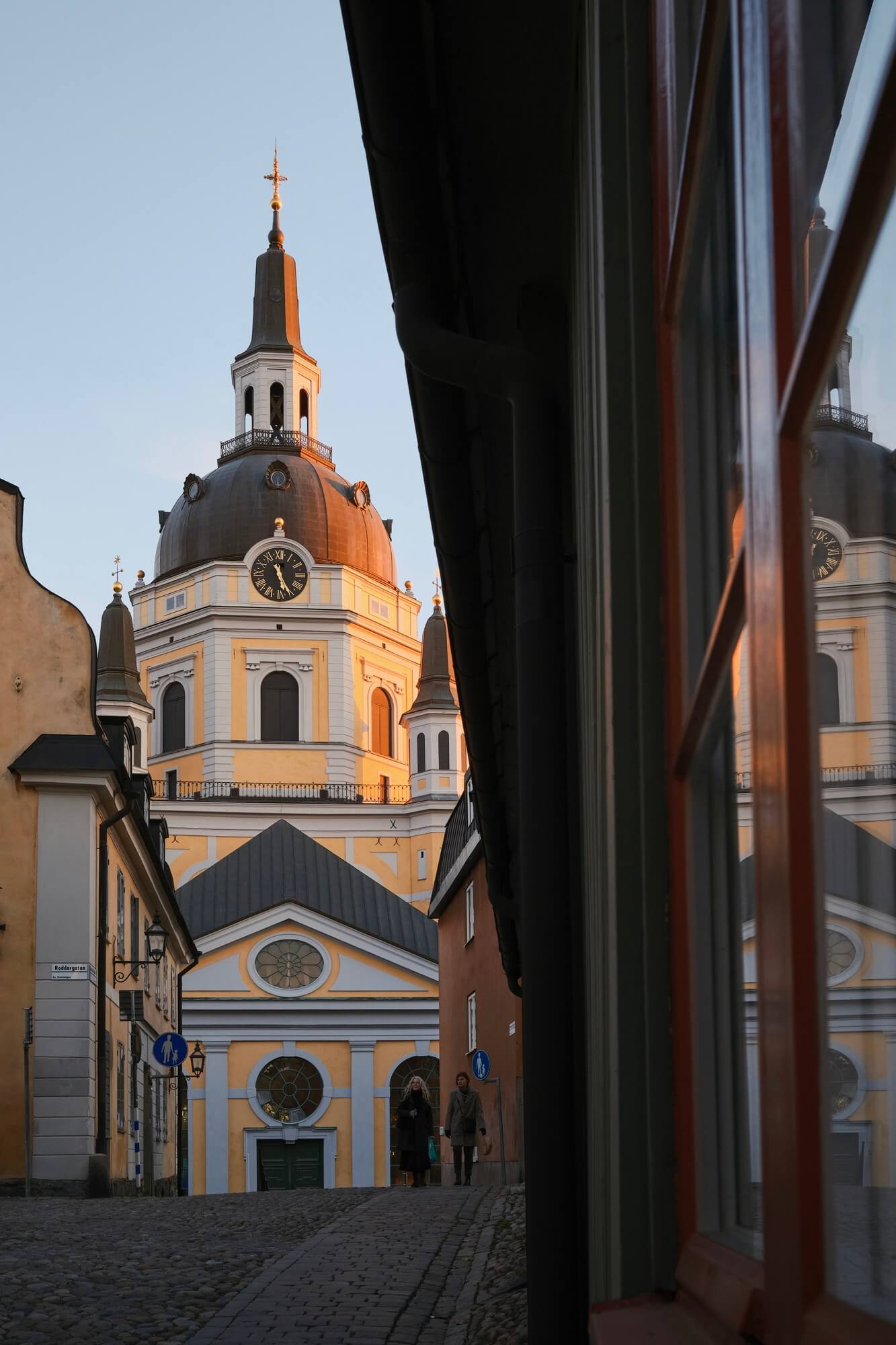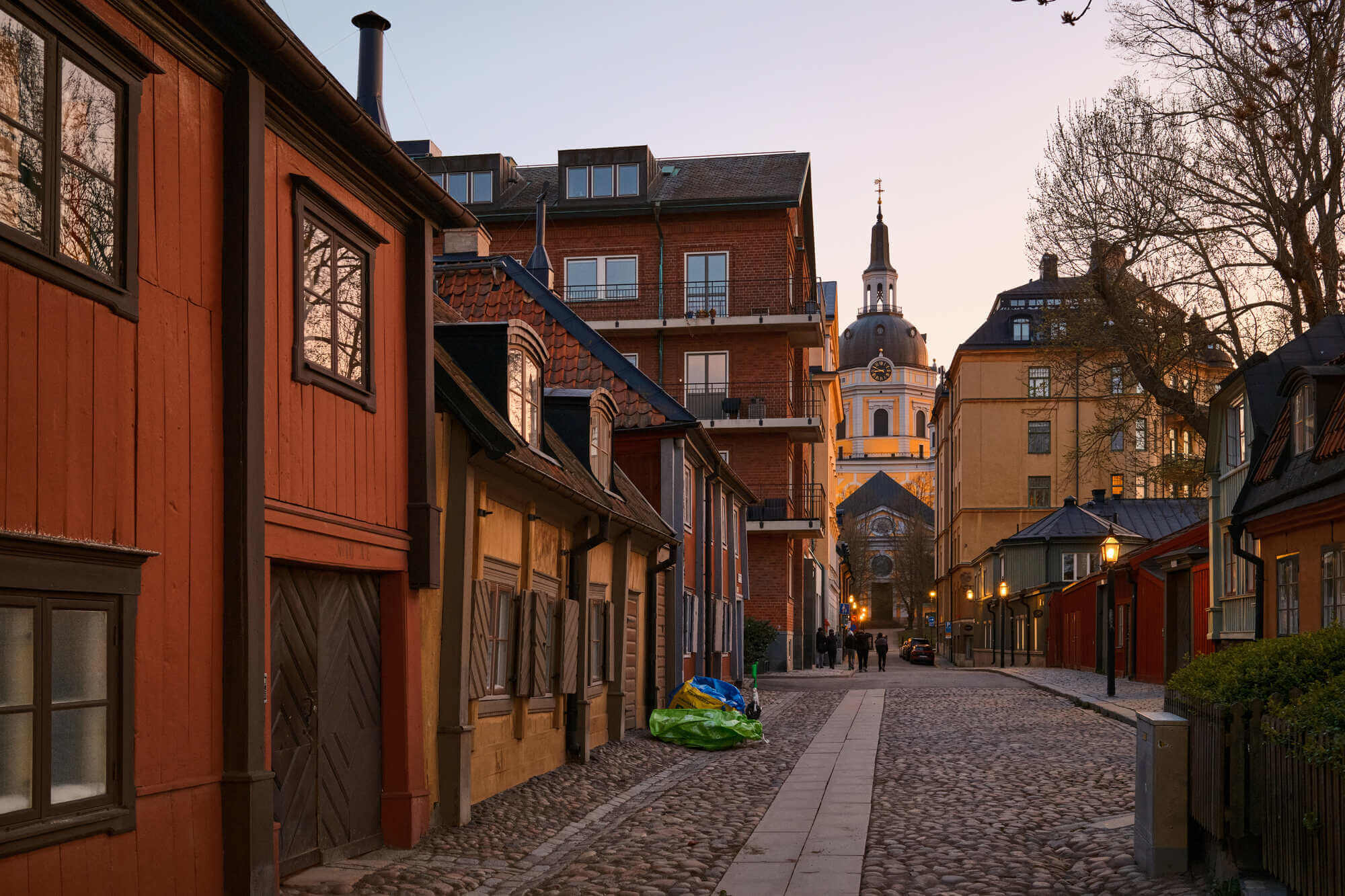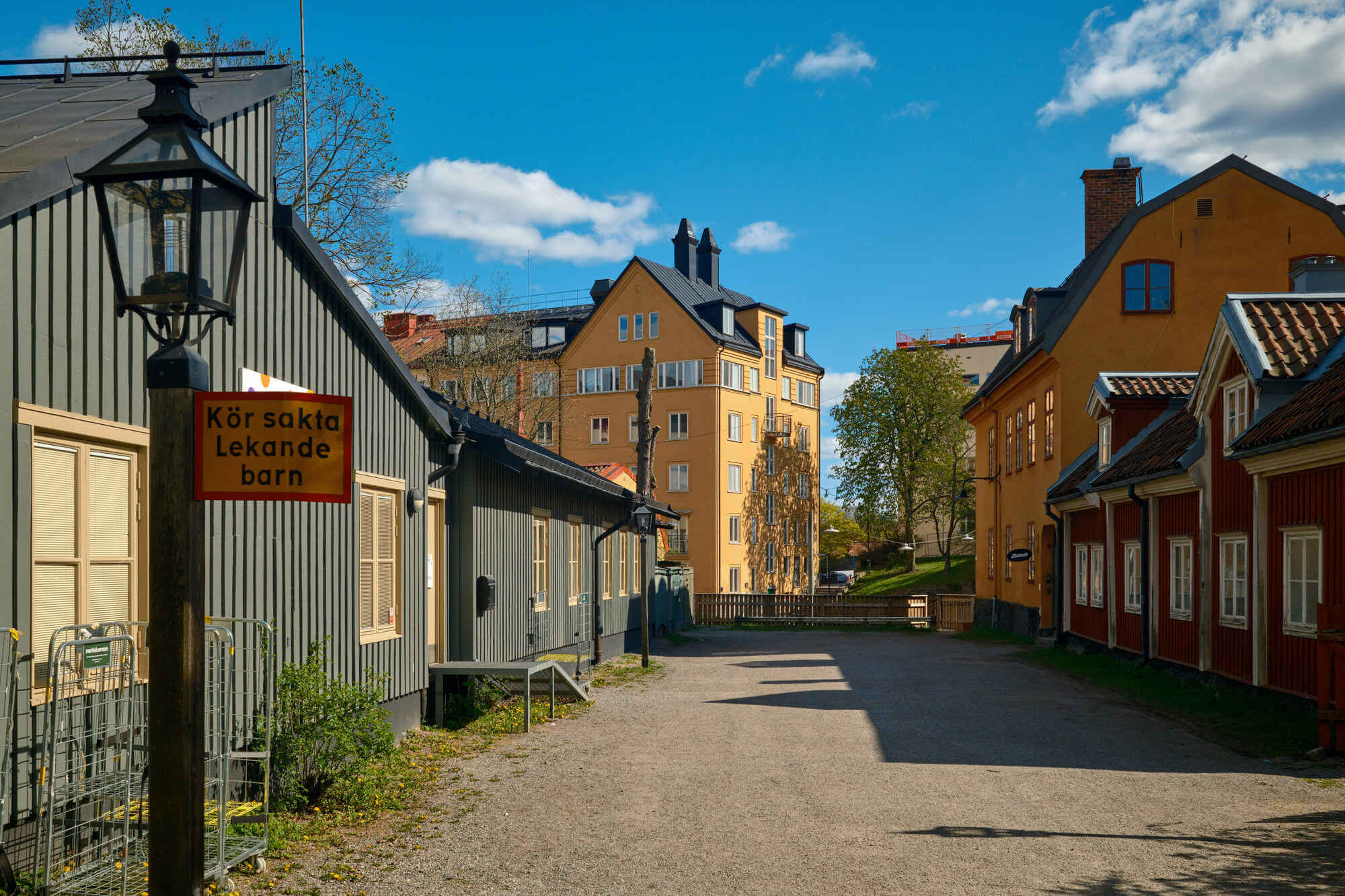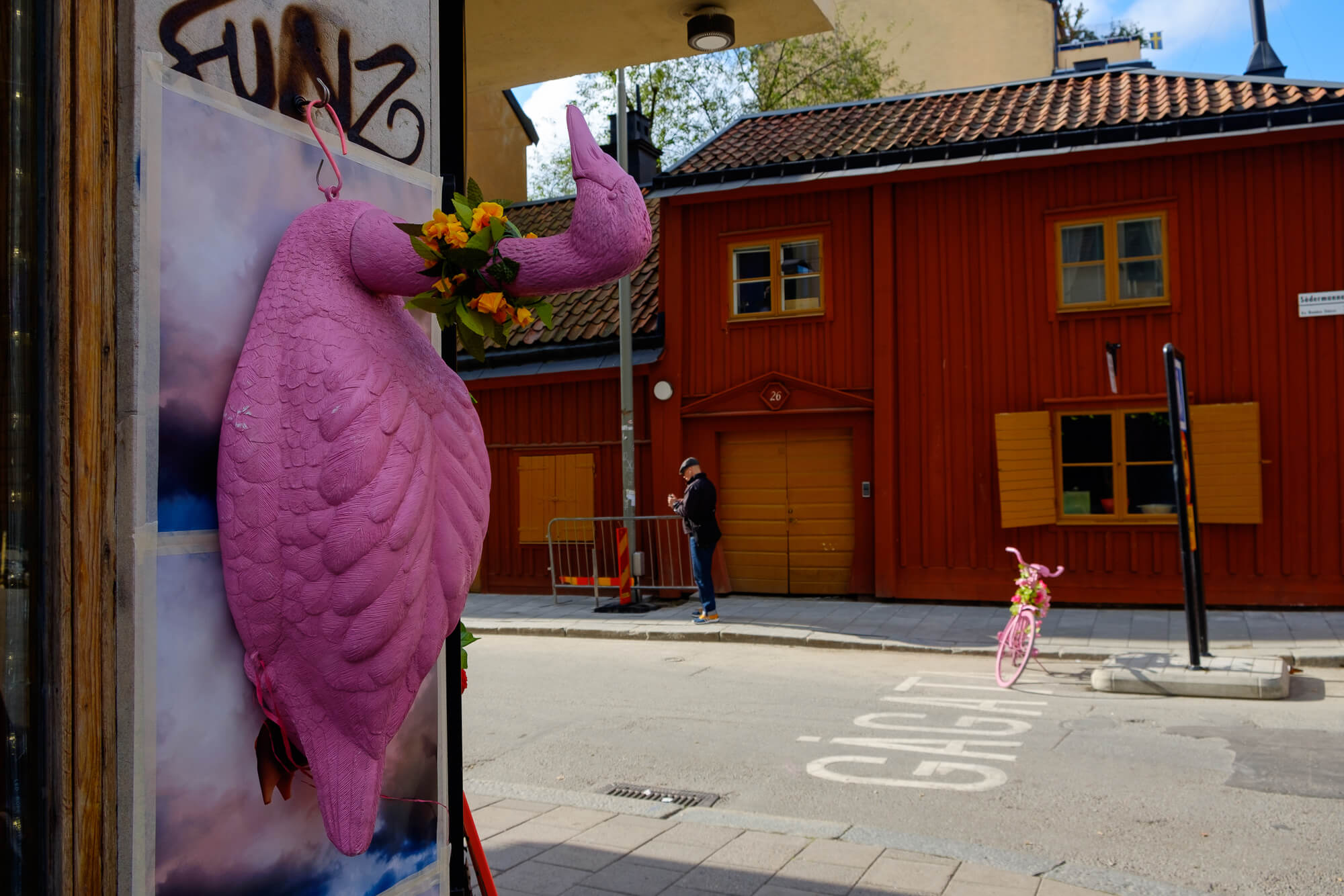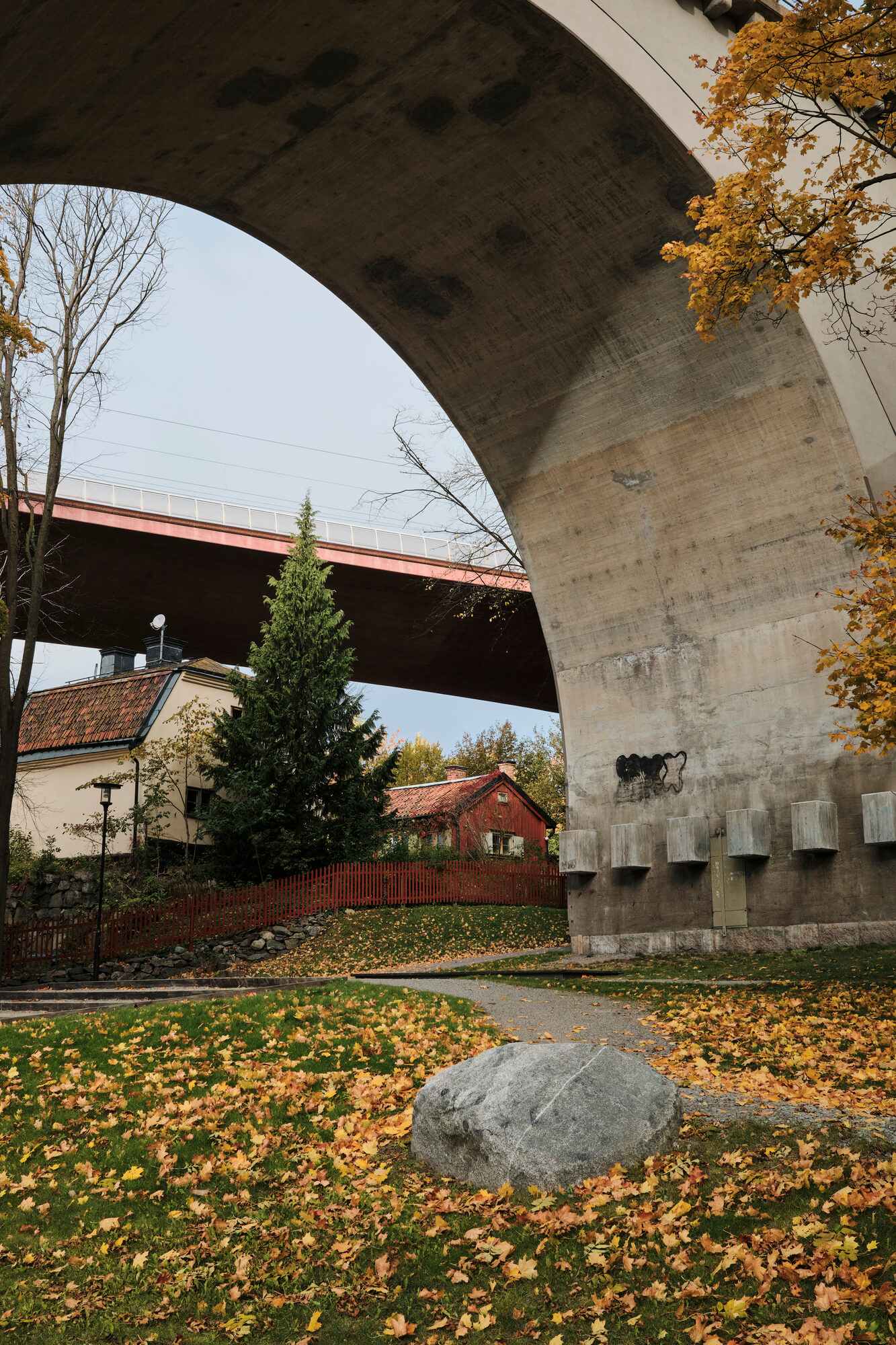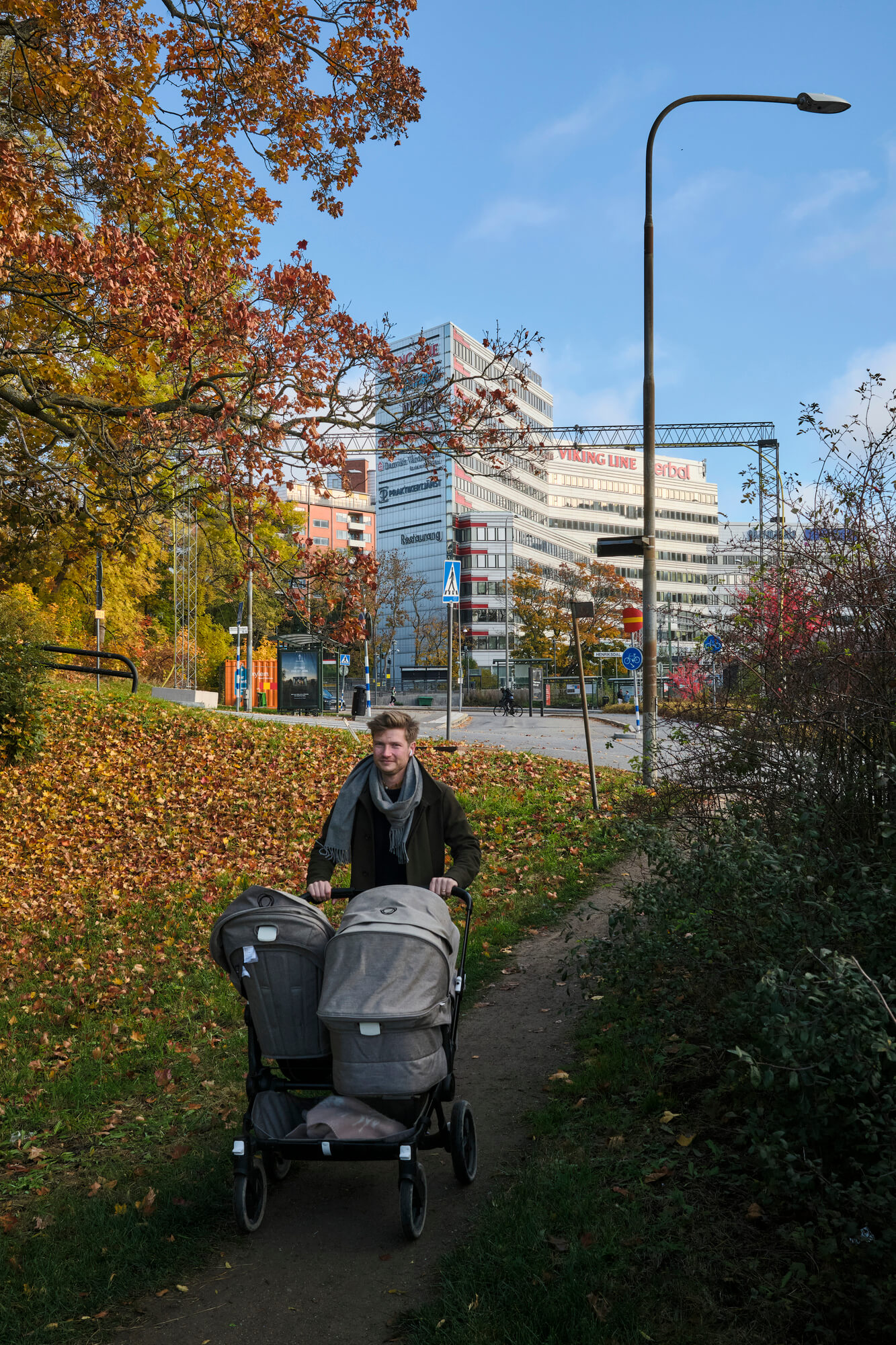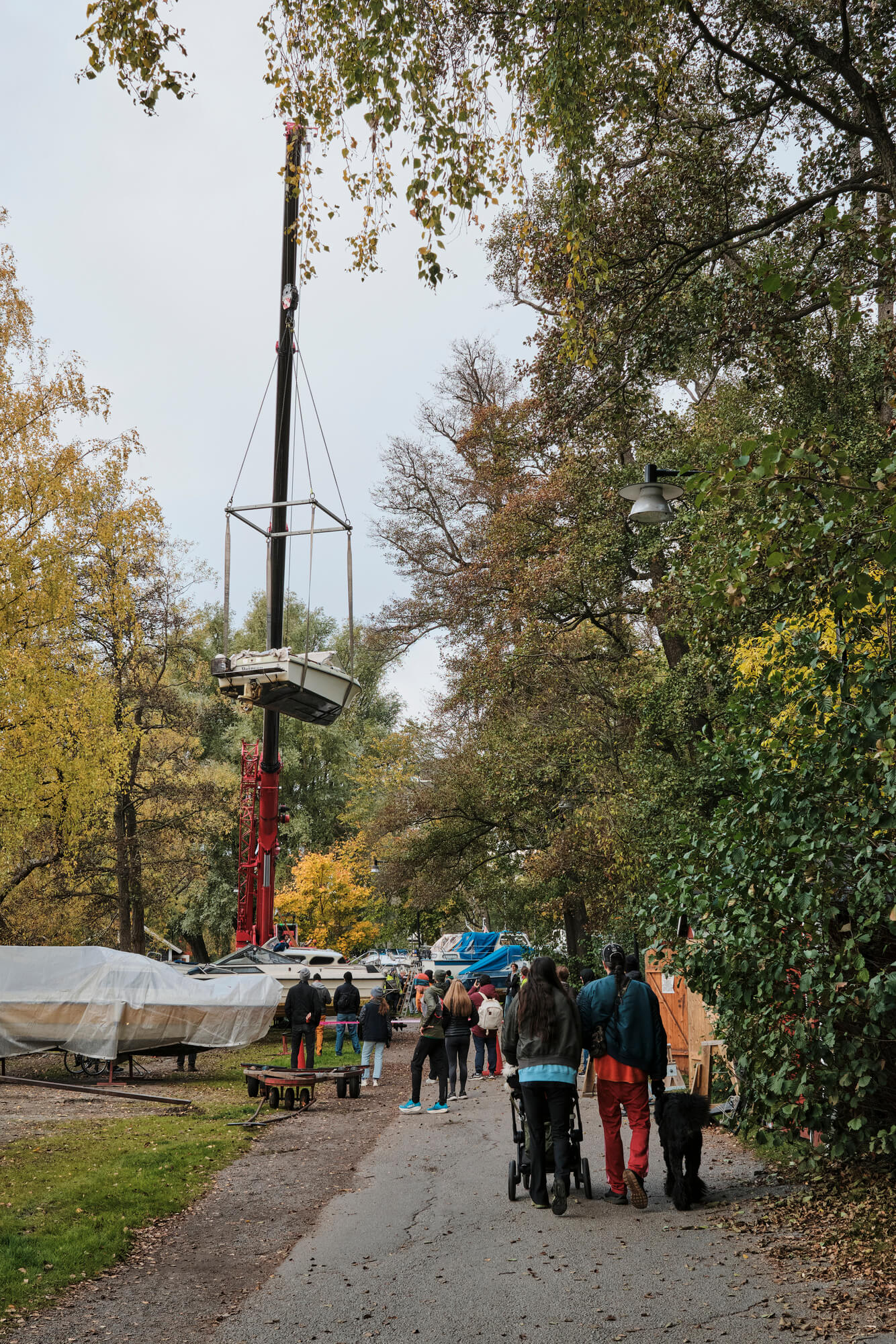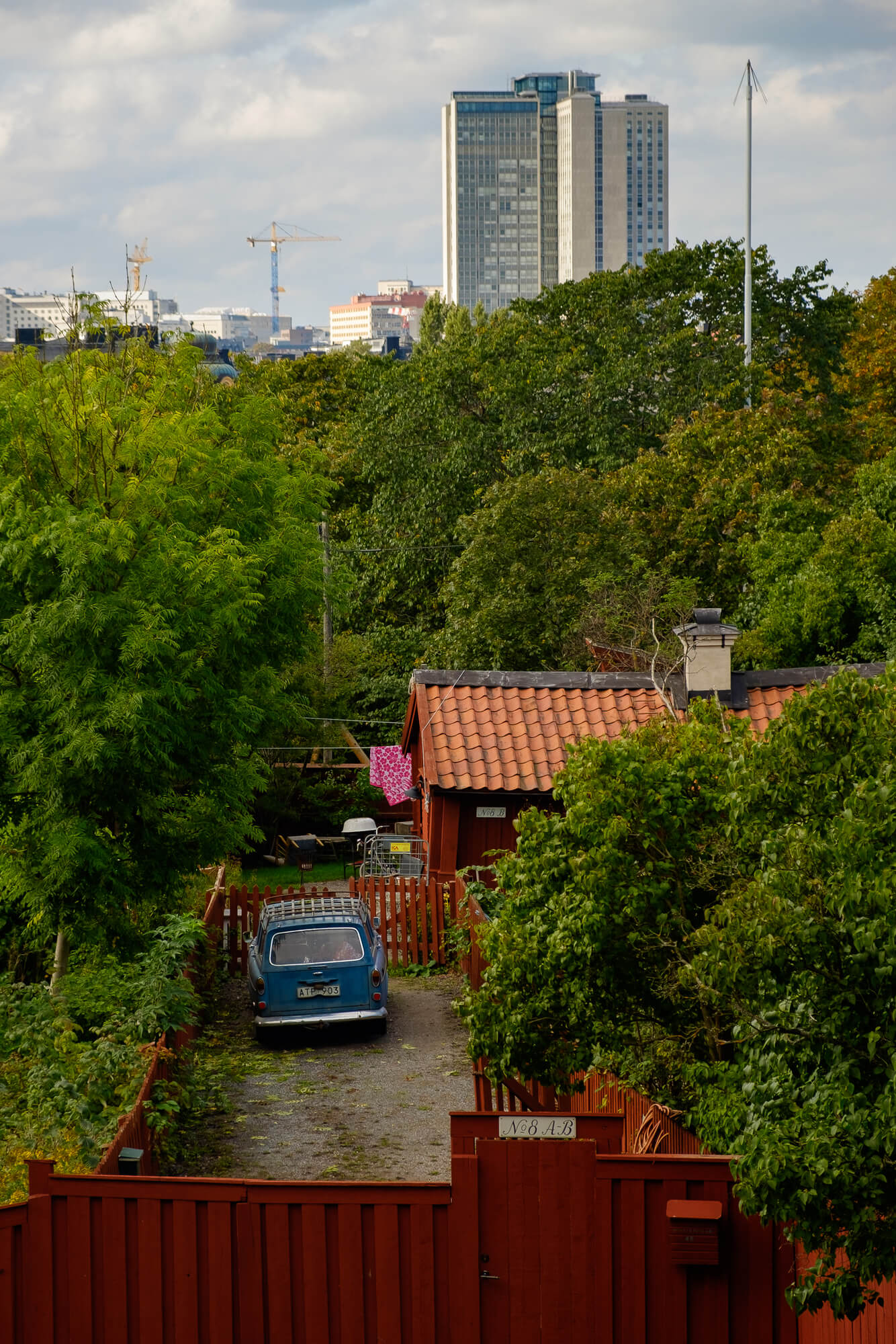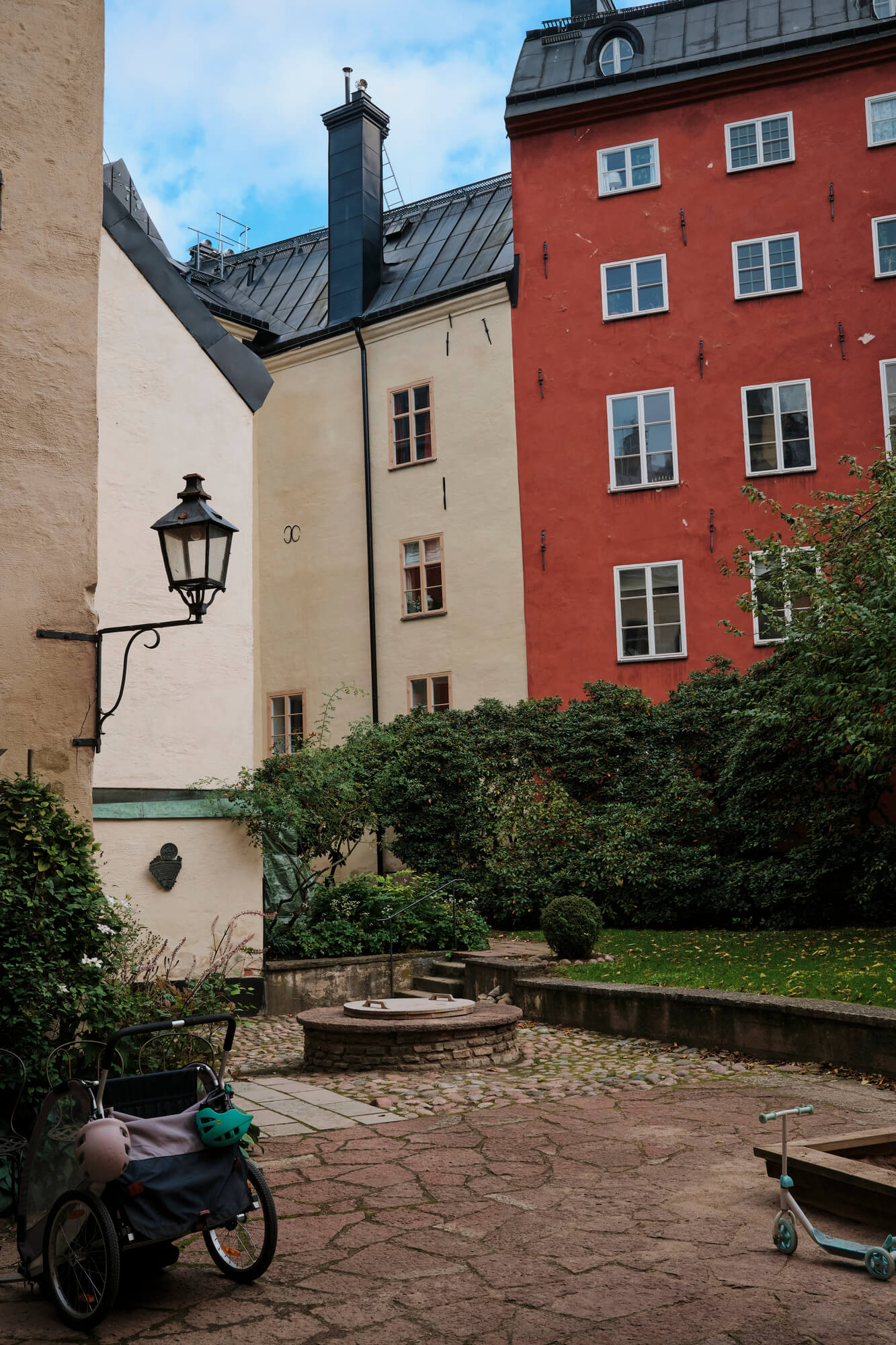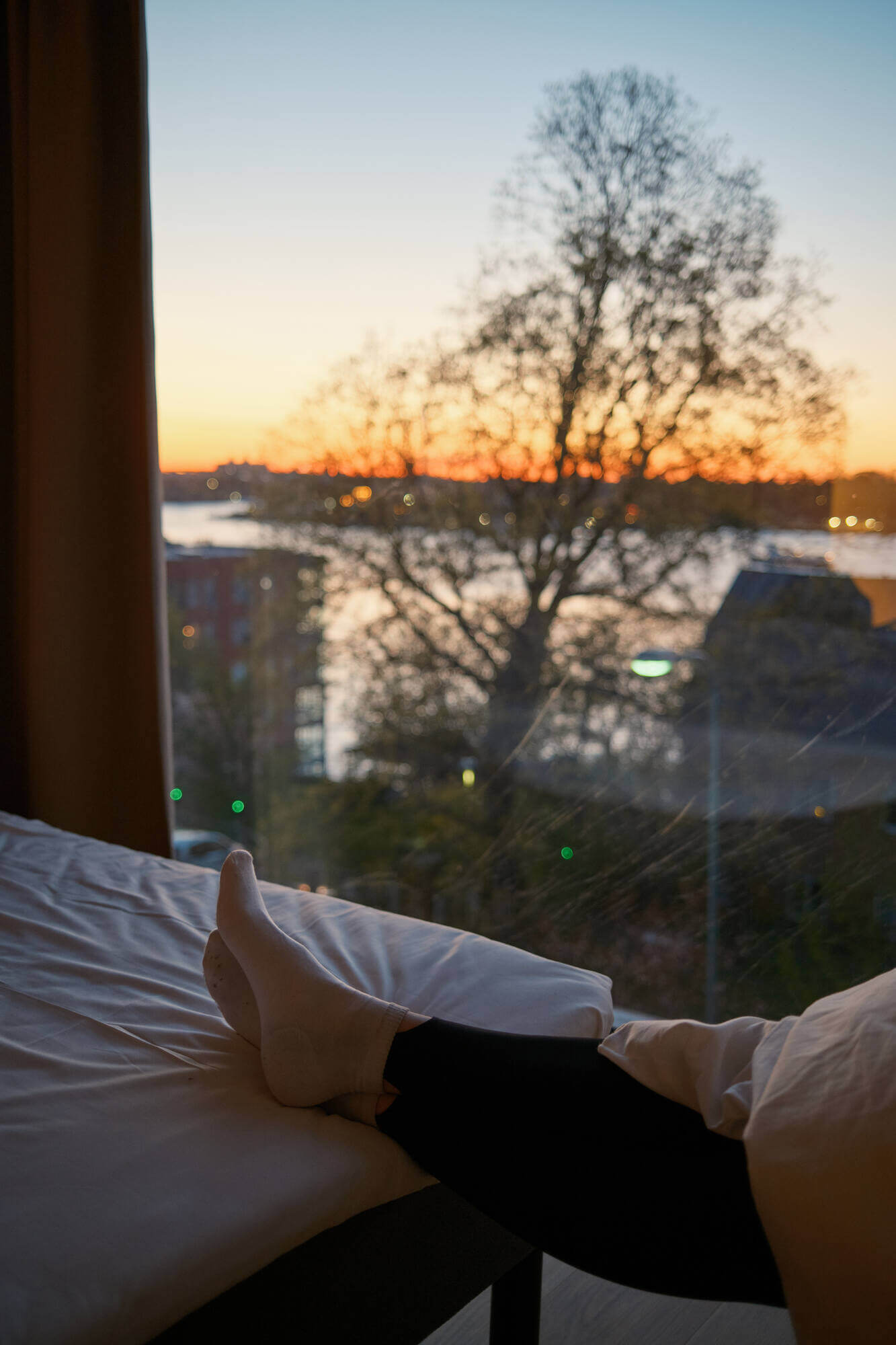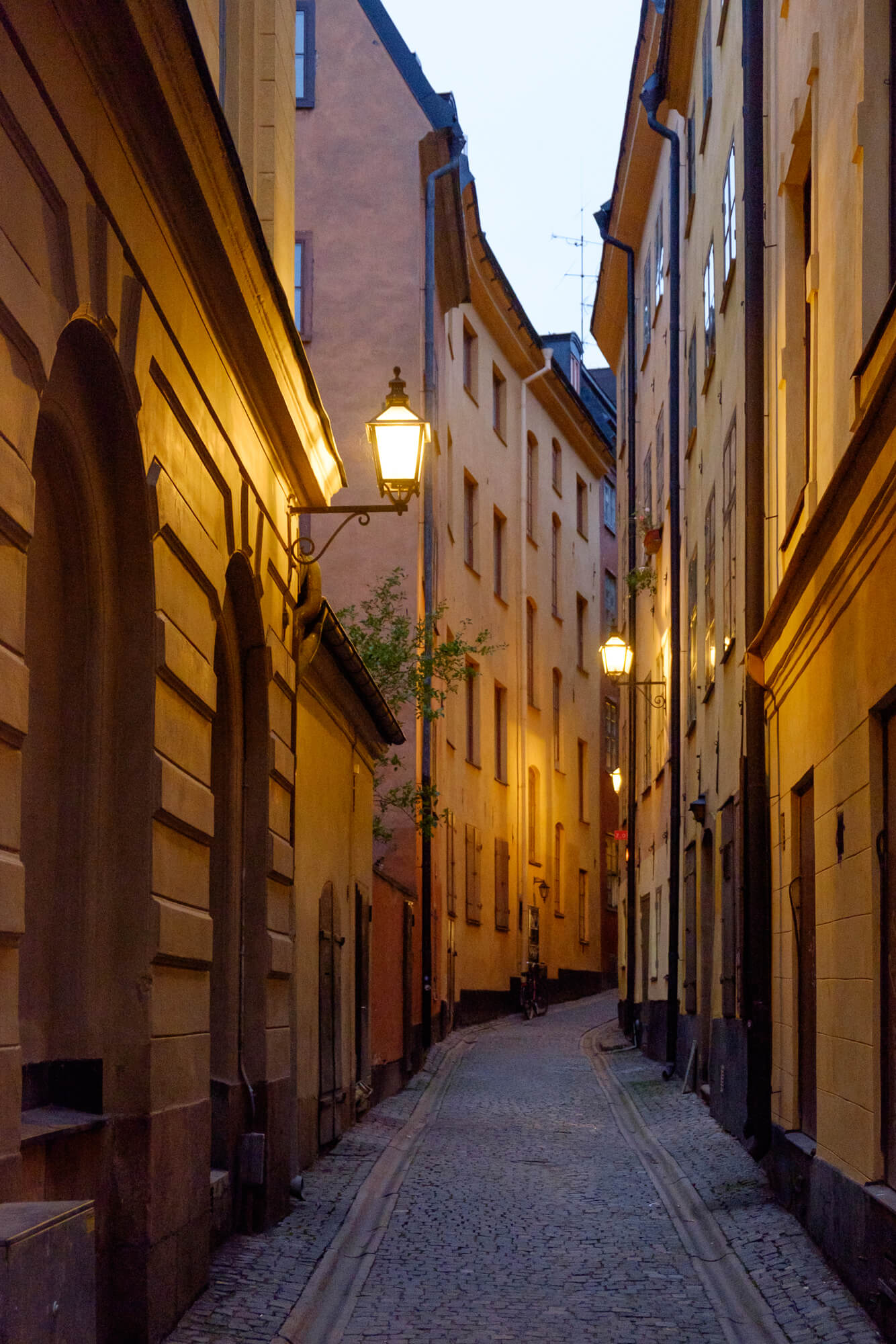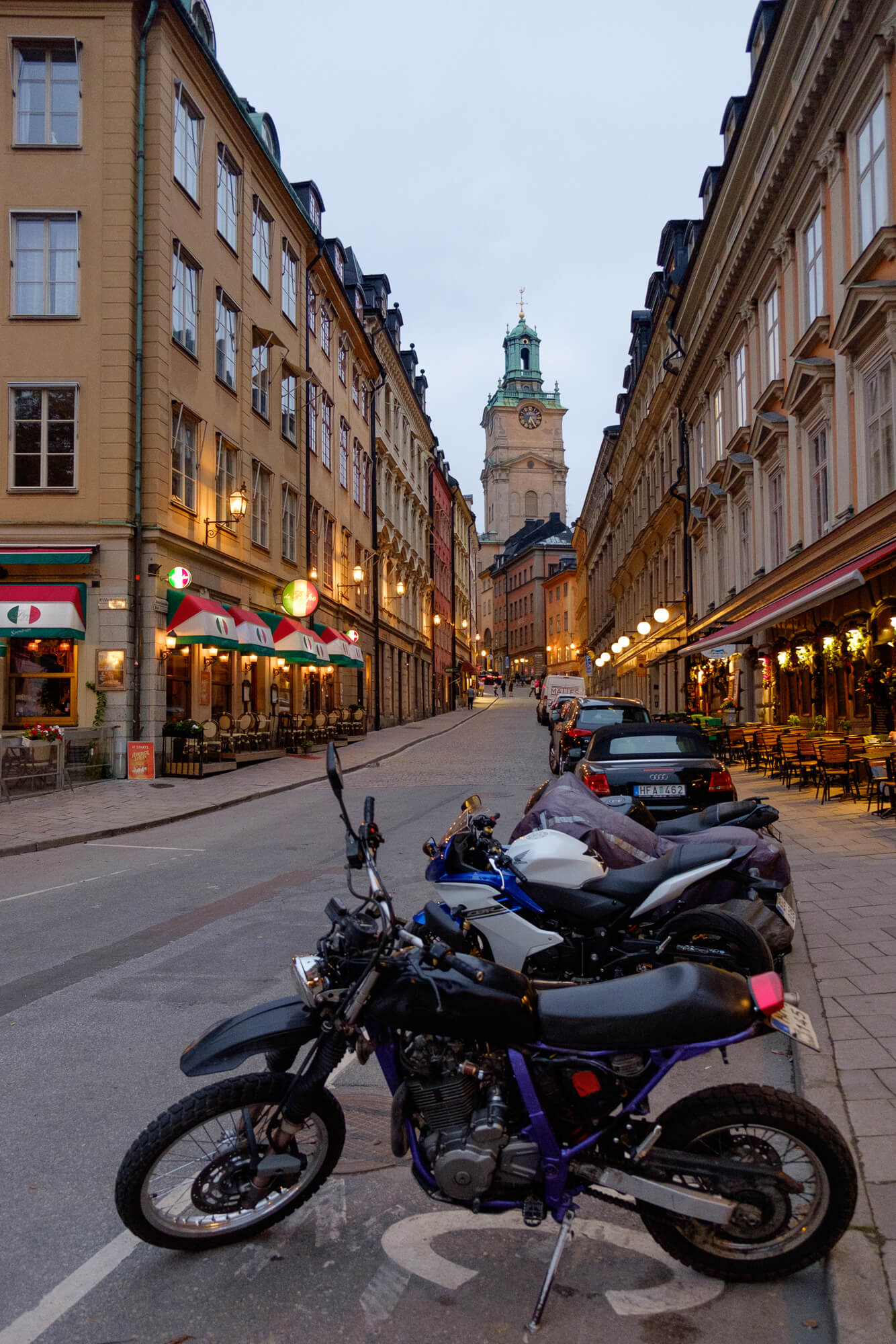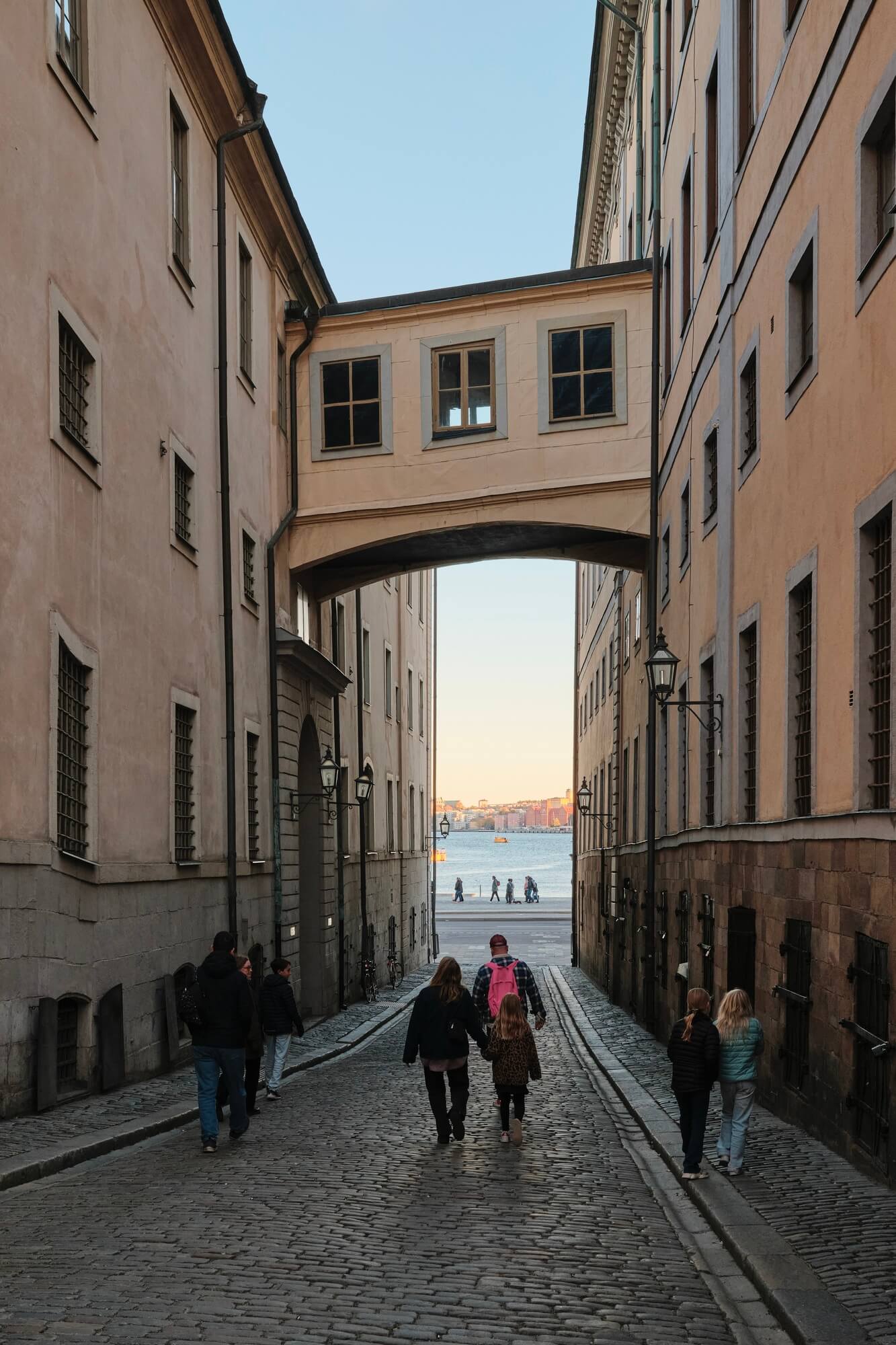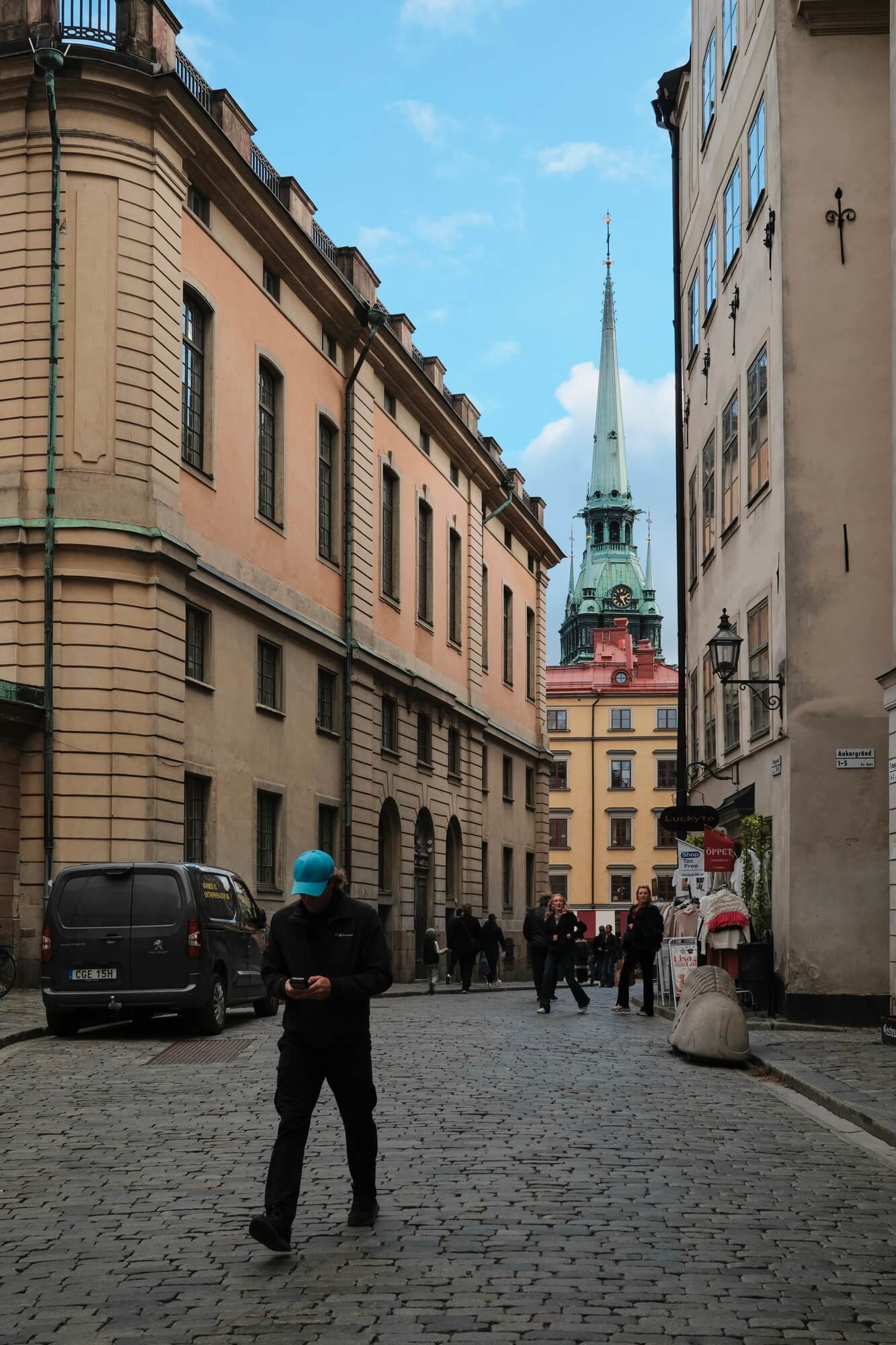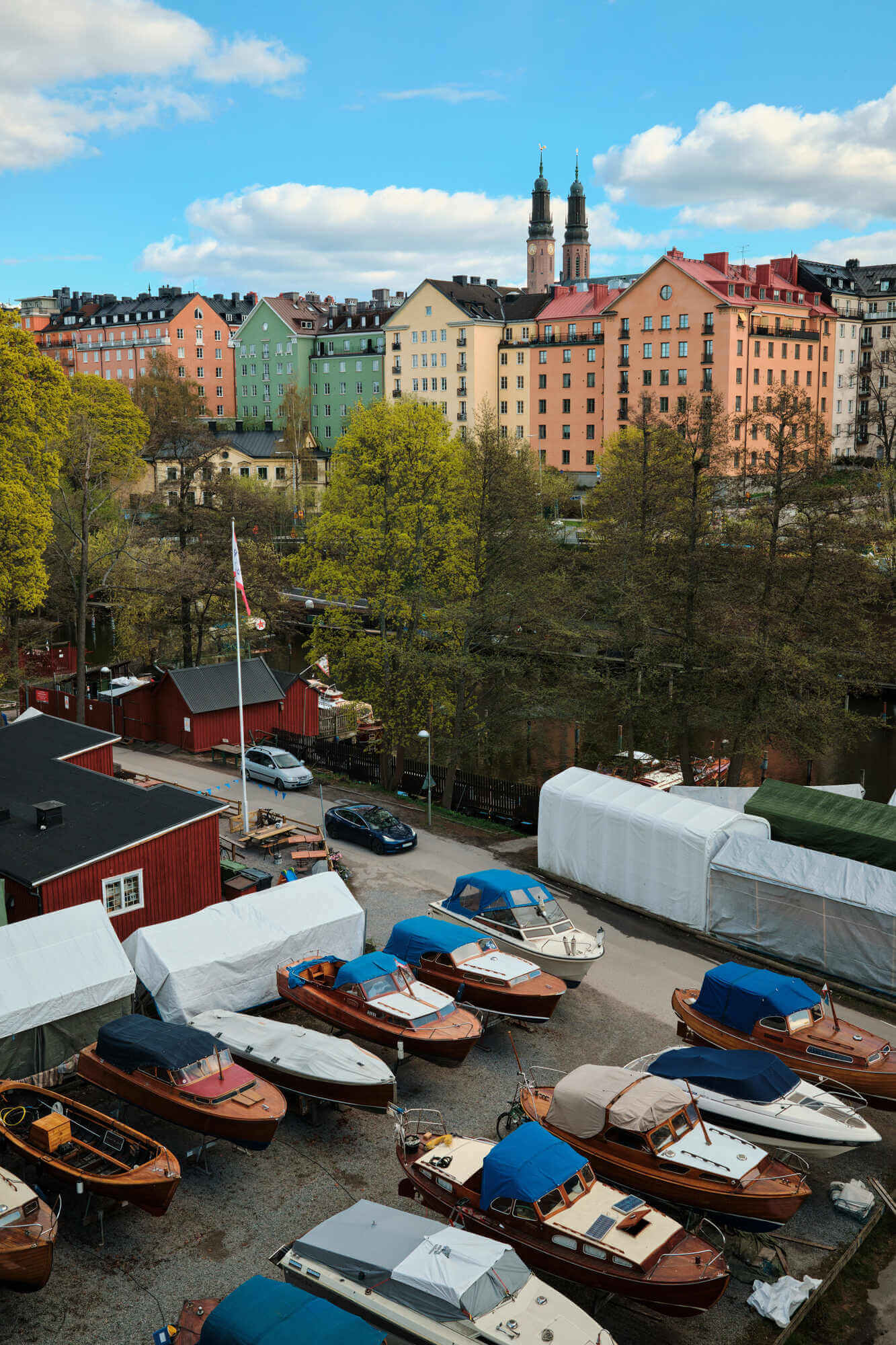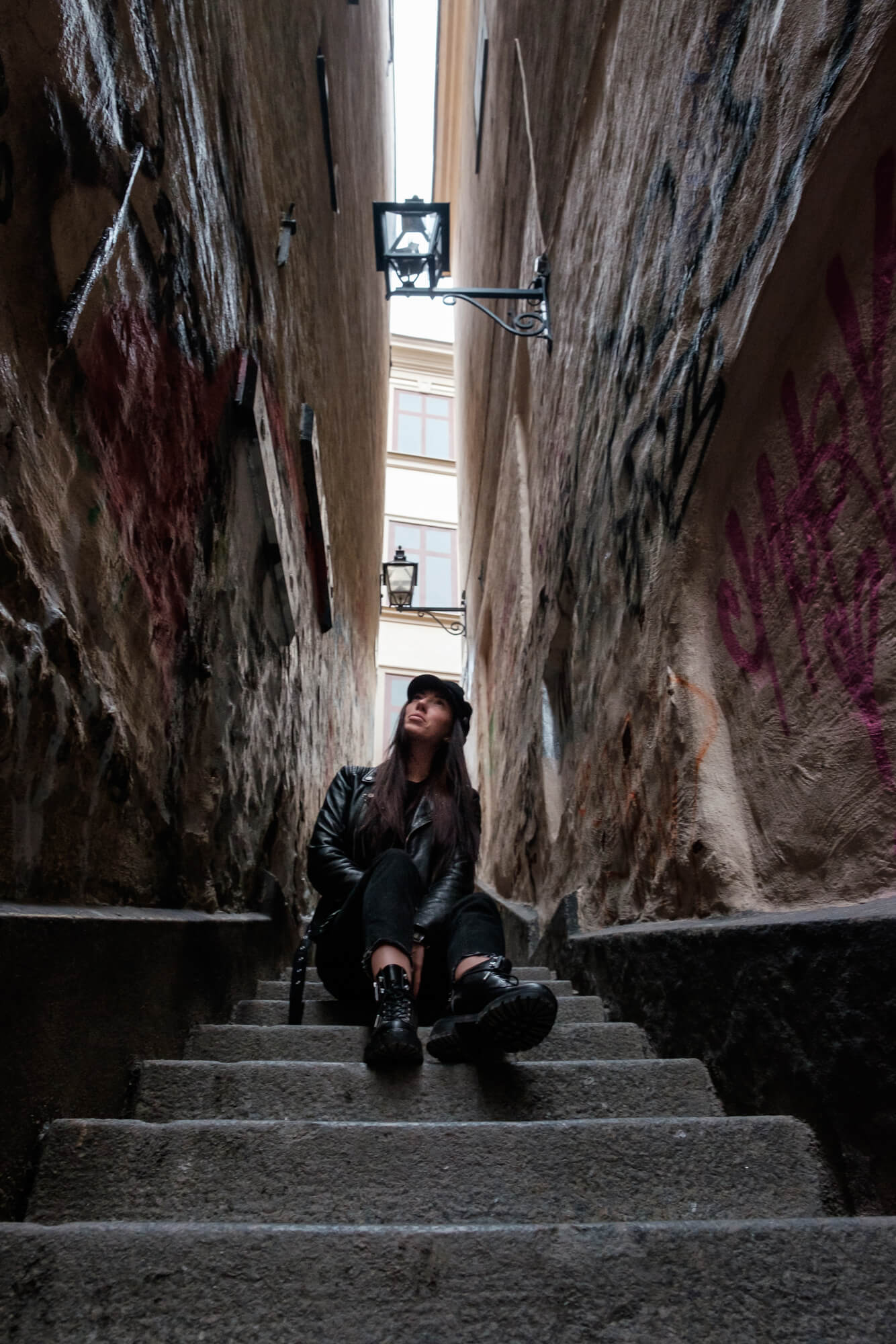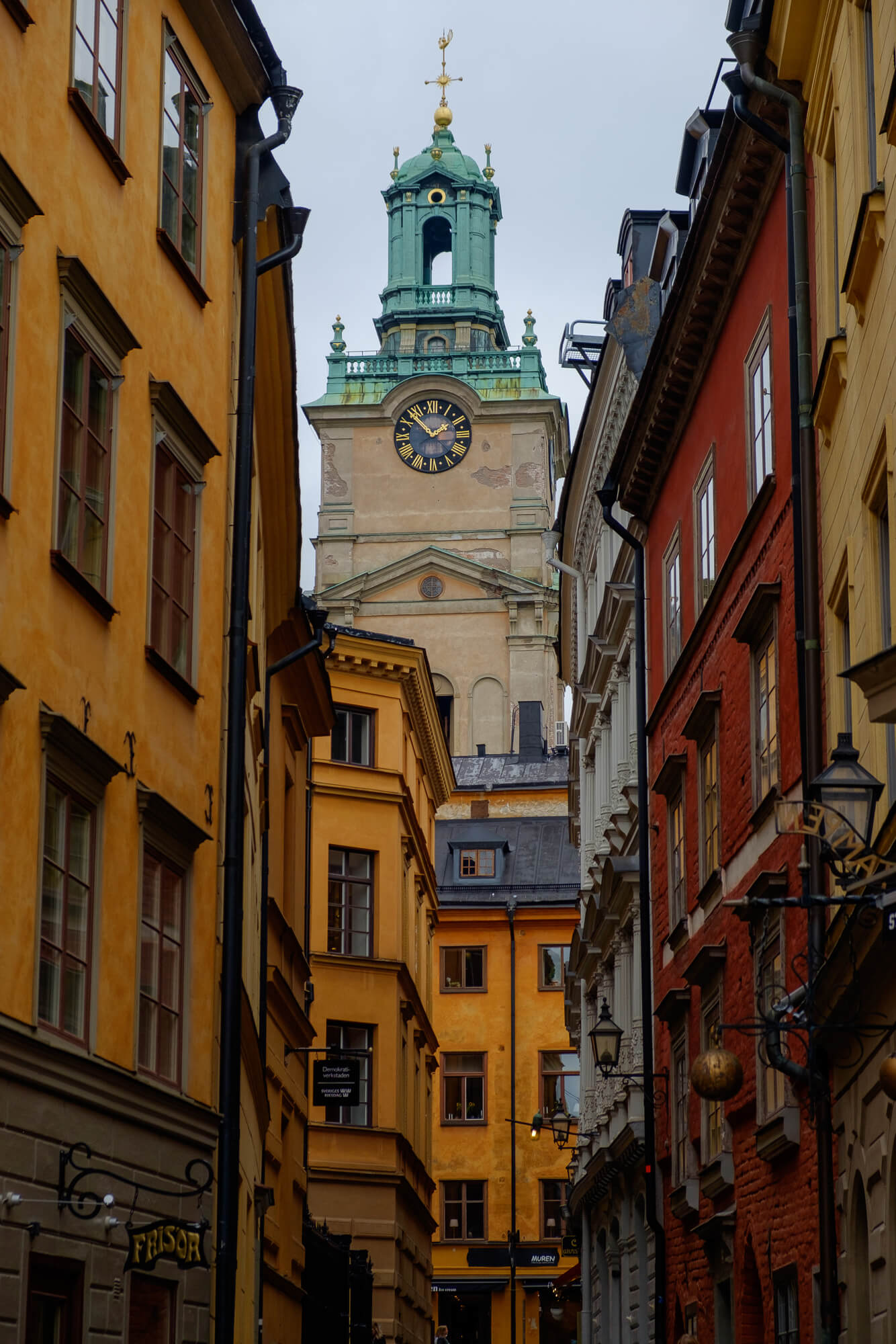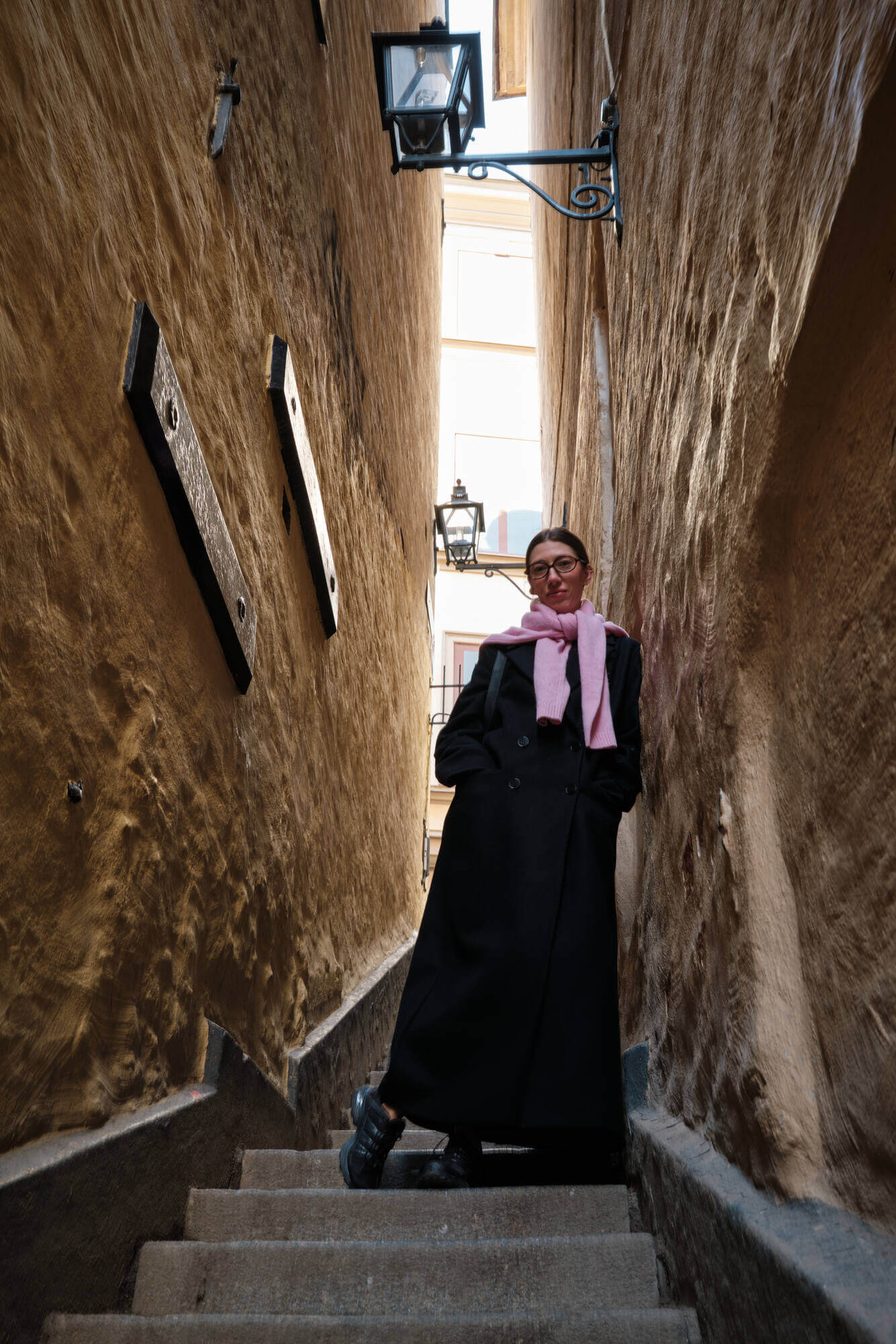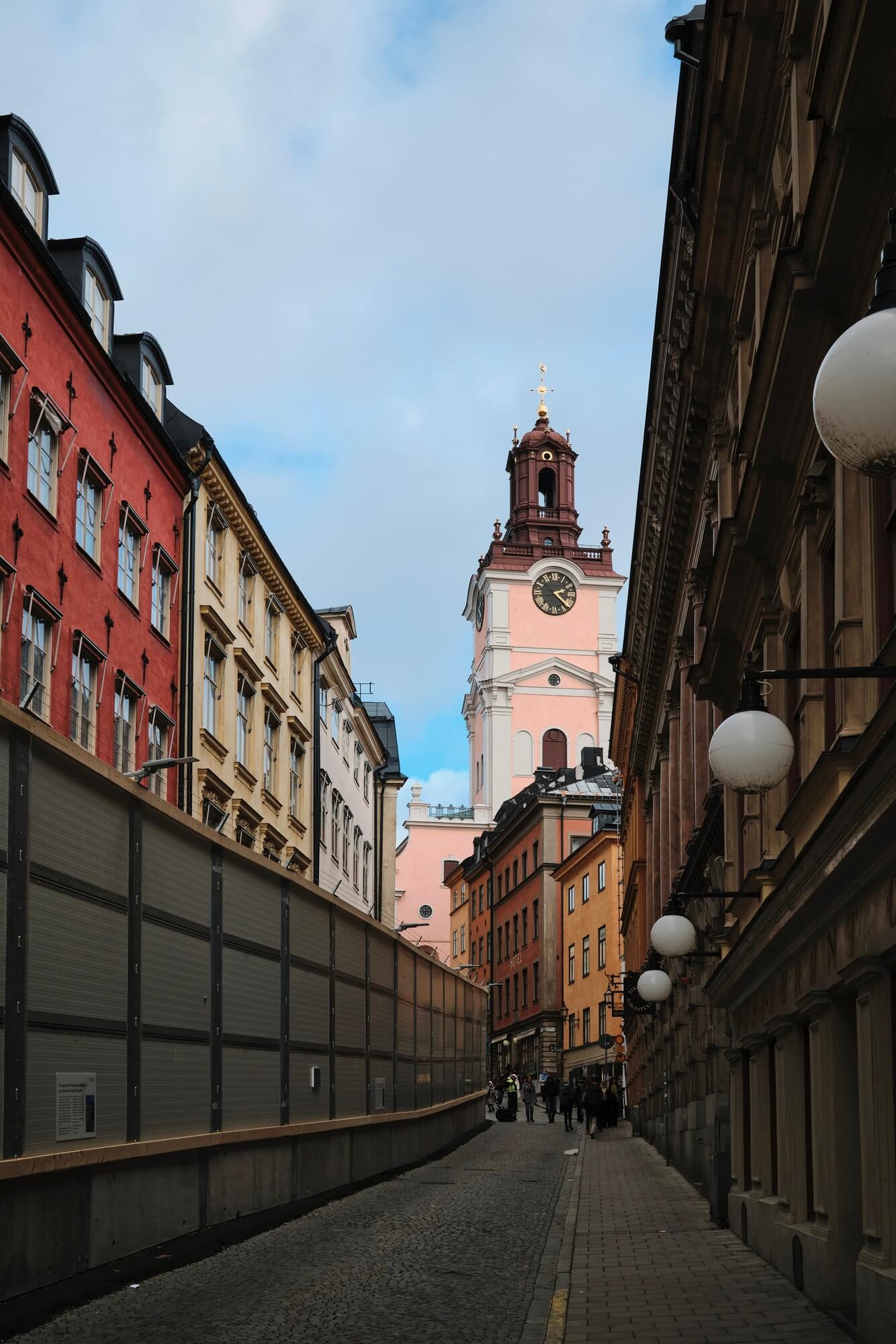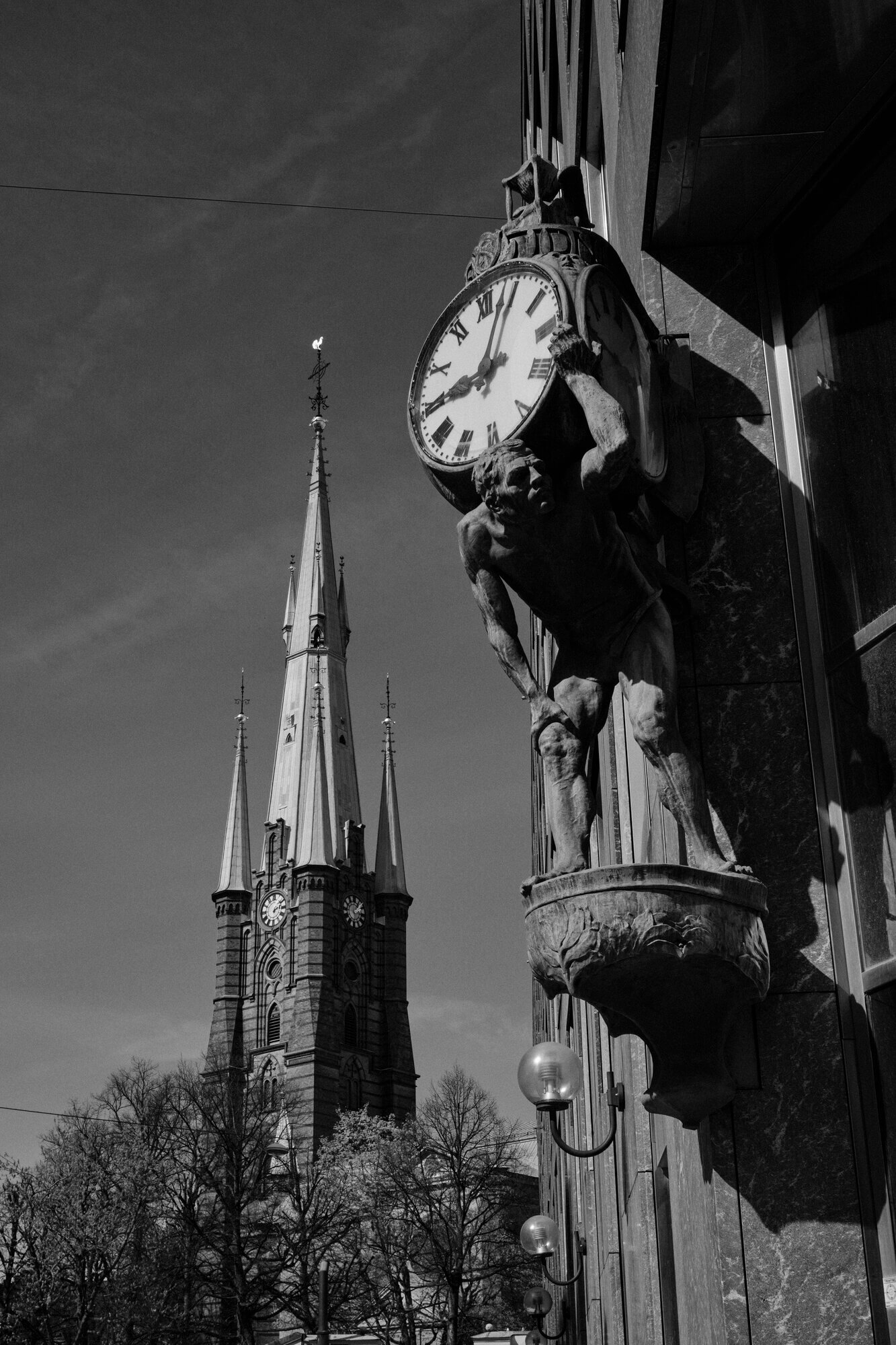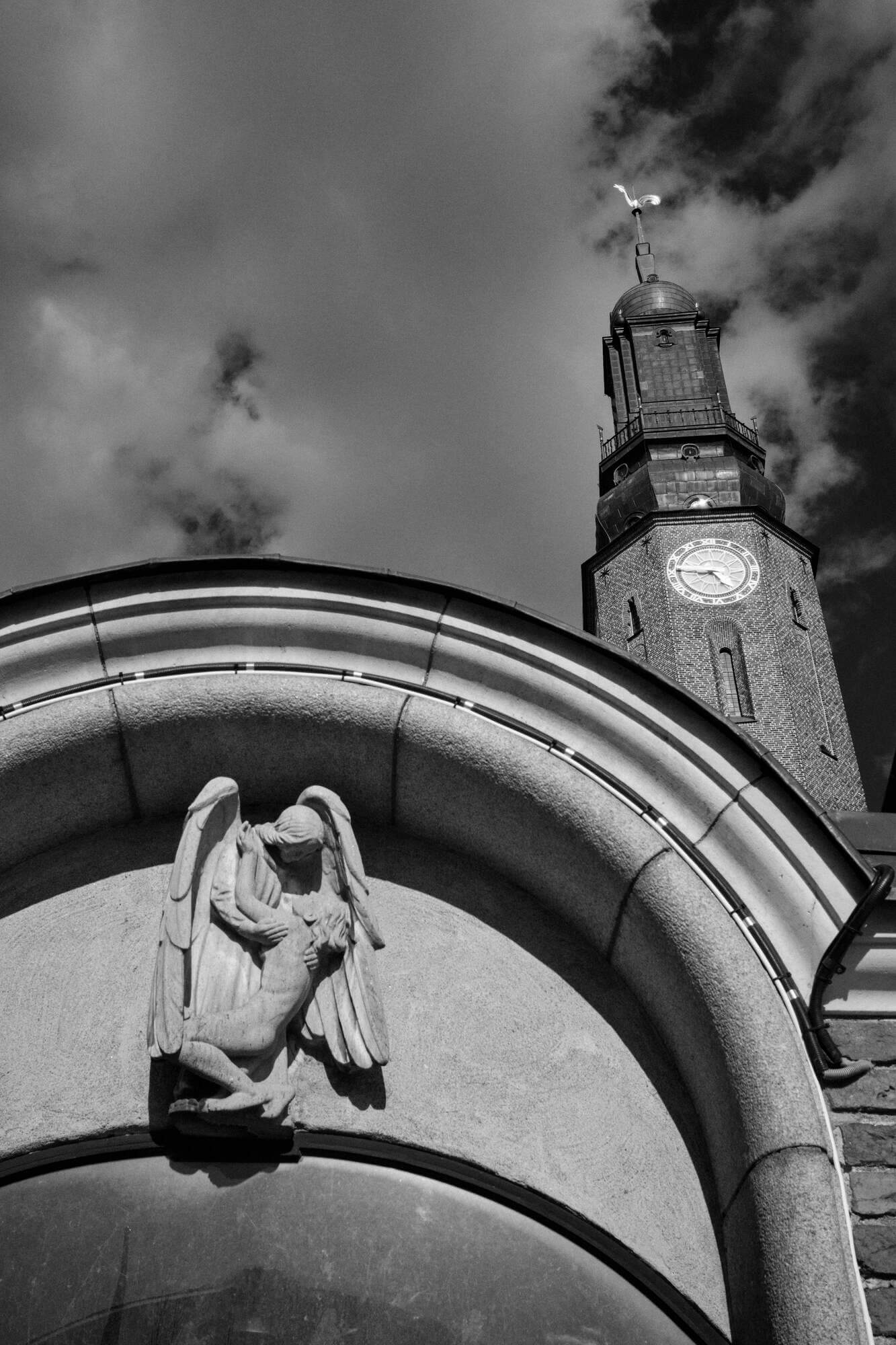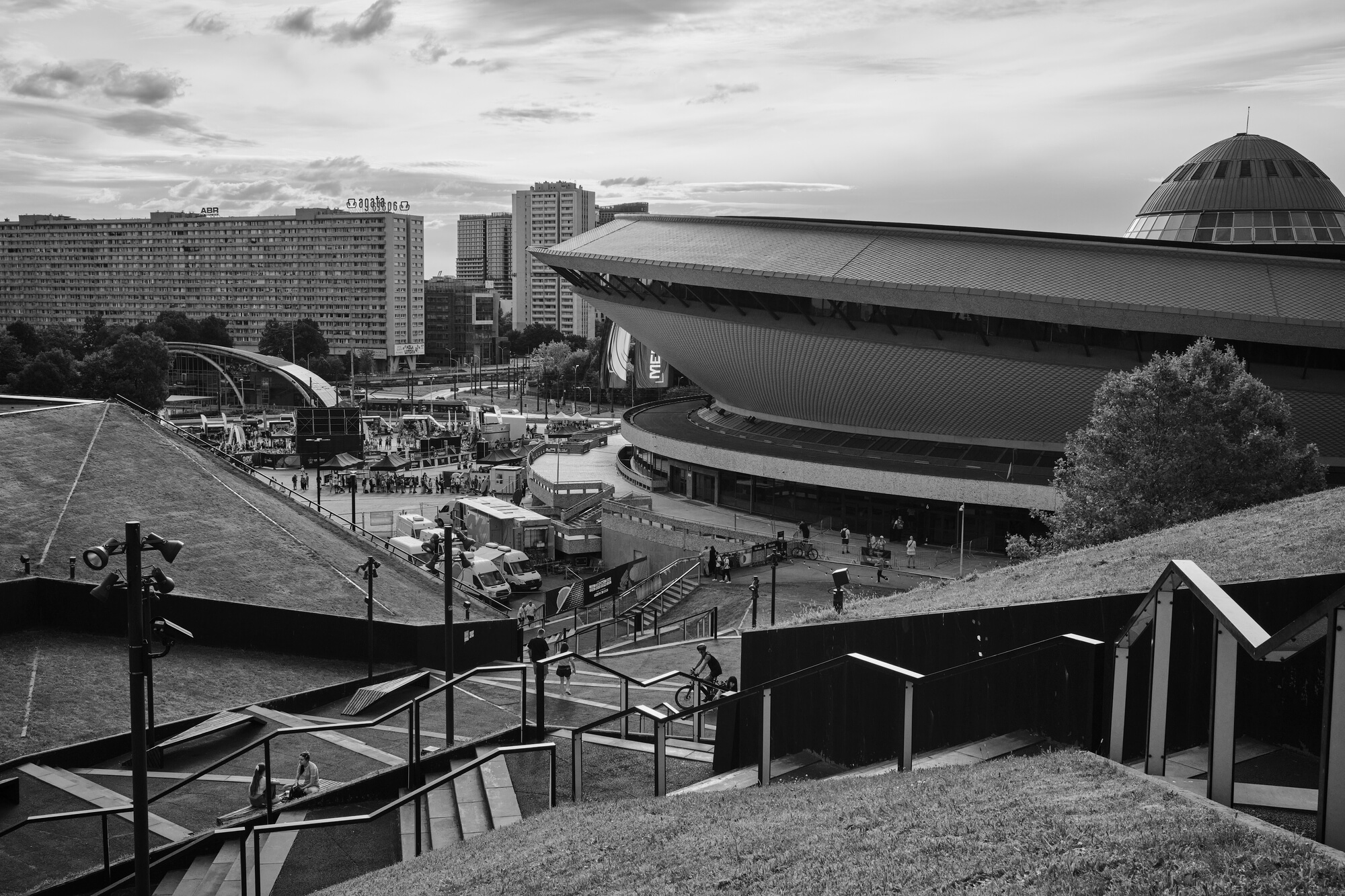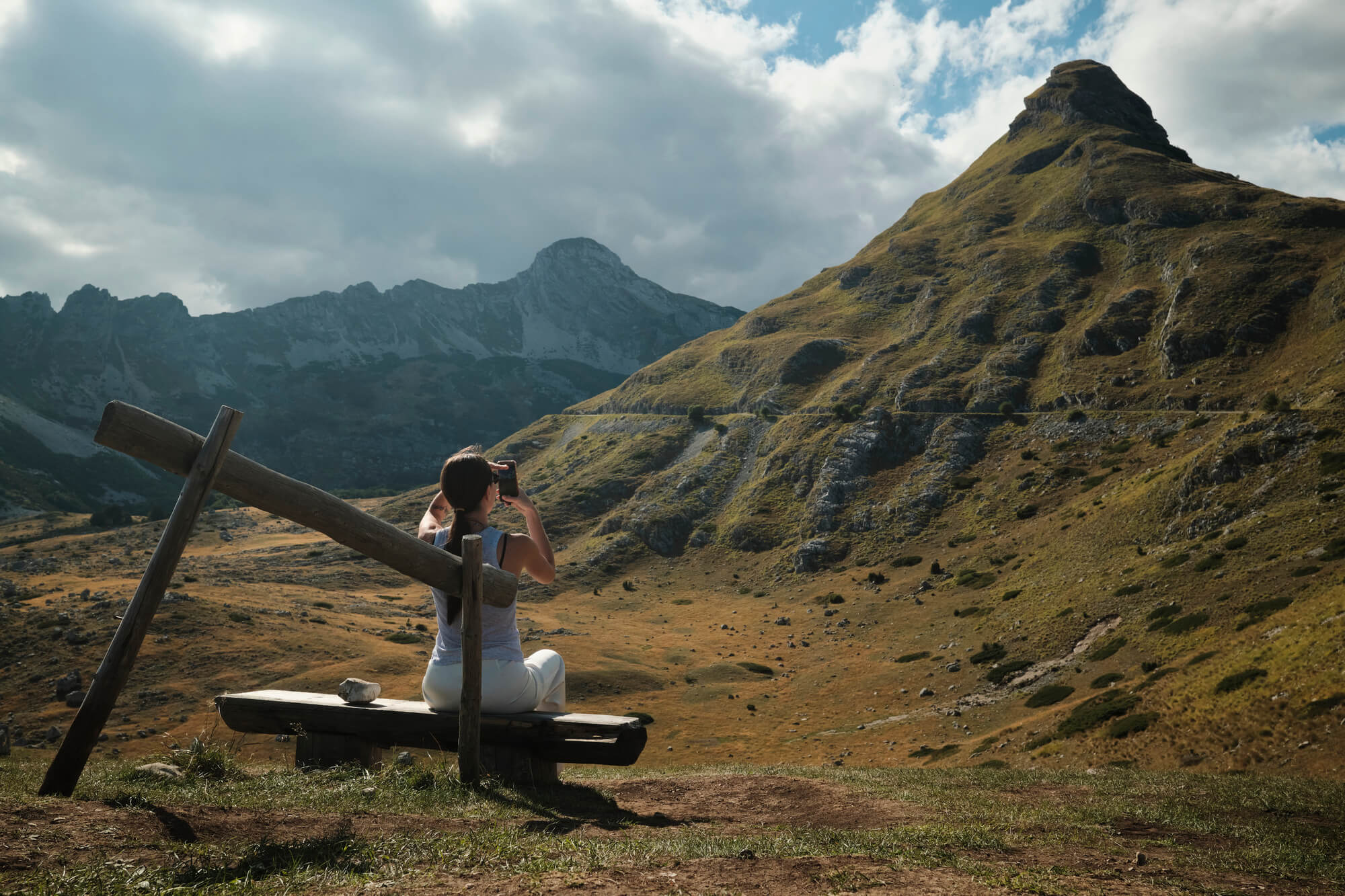This post is also available in Russian 🐻
People say Swedes praise mediocrity, which might sound like a flaw or a deadly sin depending on your cultural context. But if you’ve ever shopped at IKEA, driven a Volvo, or visited Stockholm, you know mediocrity is a form of perfection.
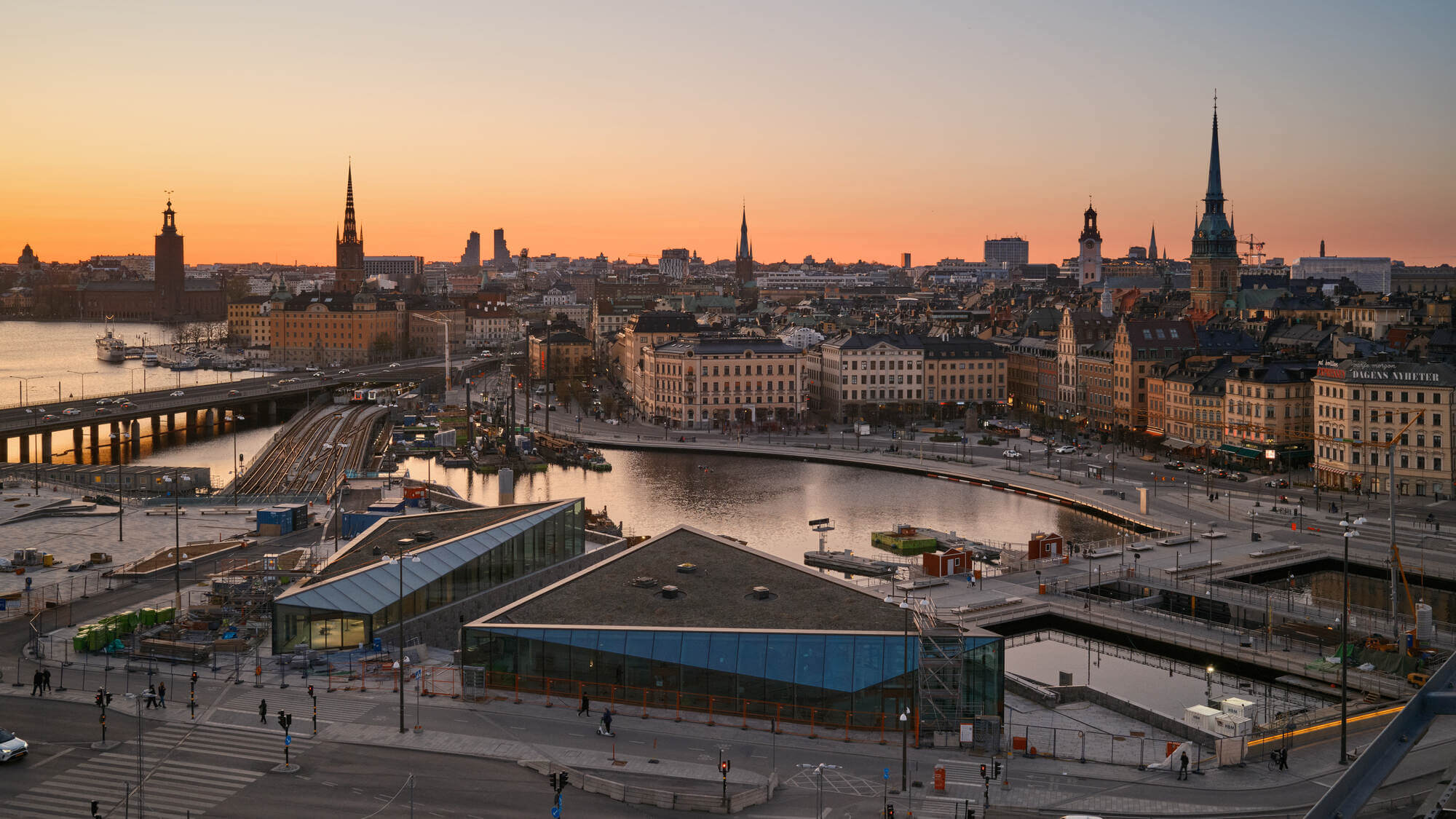
I’ve been to Stockholm several times, and it’s among the places I’m always happy to revisit. But honestly, I can’t come up with a single compelling reason why.

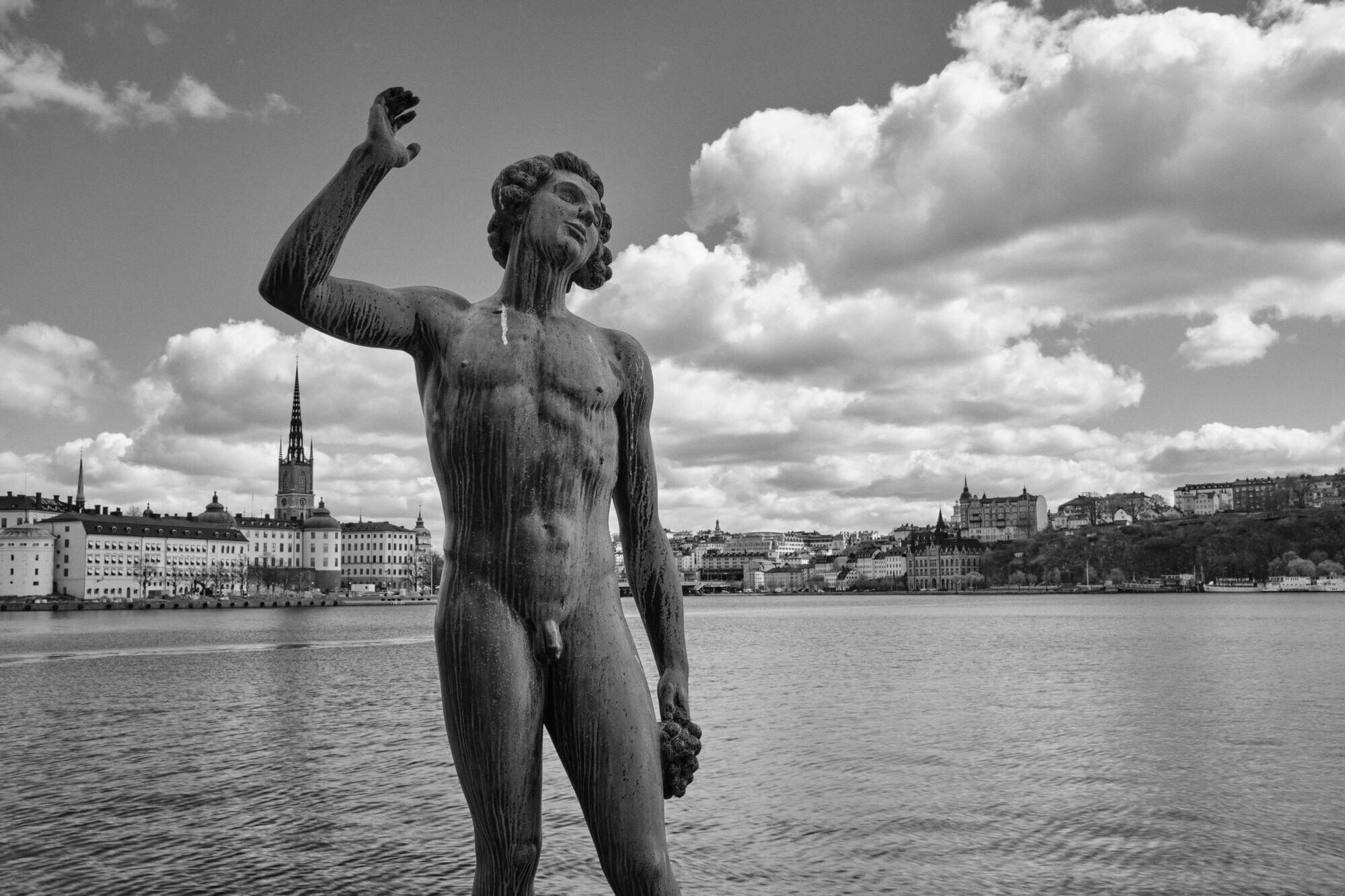
Stockholm seems to be an average European capital in every respect. Probably, in line with ‘lagom’, it’s meant to have “enough, but not too much” of everything.
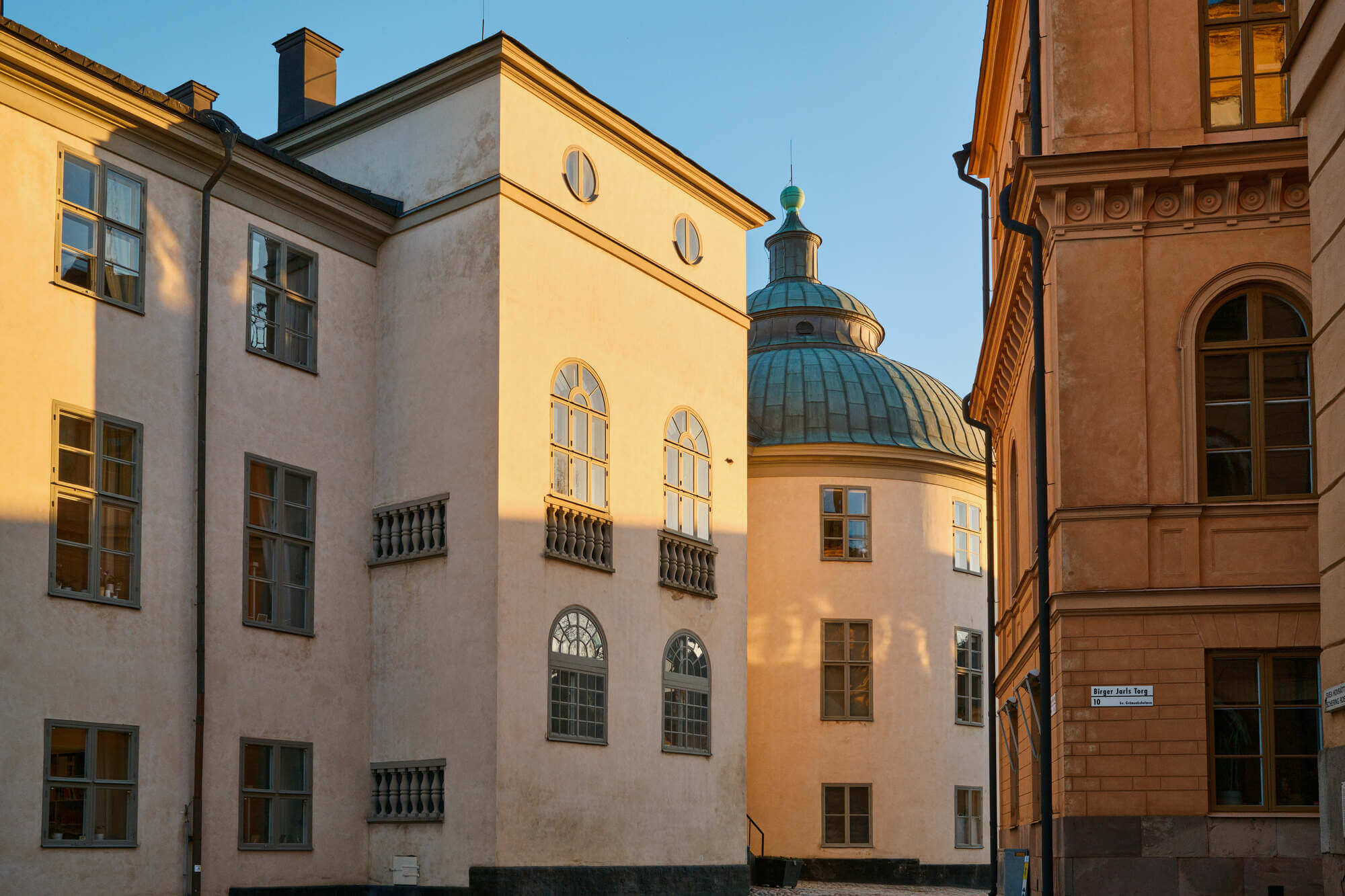
Like, for instance, its historical core — mostly located on the tiny Gamla Stan island — has just enough historical charm for a pleasant stroll, but not overly excessive.
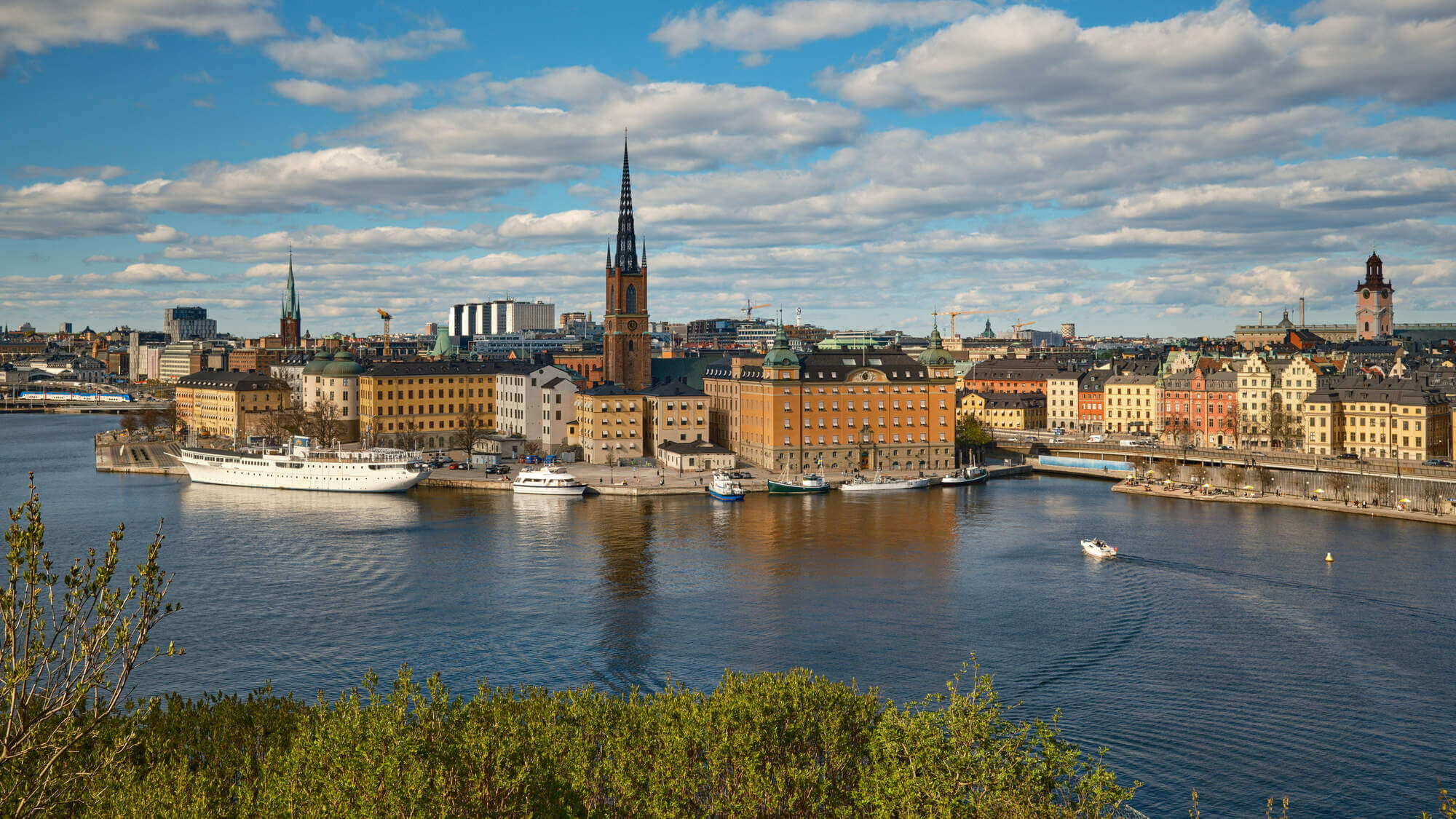
The streets of Gamla Stan are narrow but not winding. The architecture is beautiful but not striking. The landmarks are frequented but I’ve never seen them crowded.
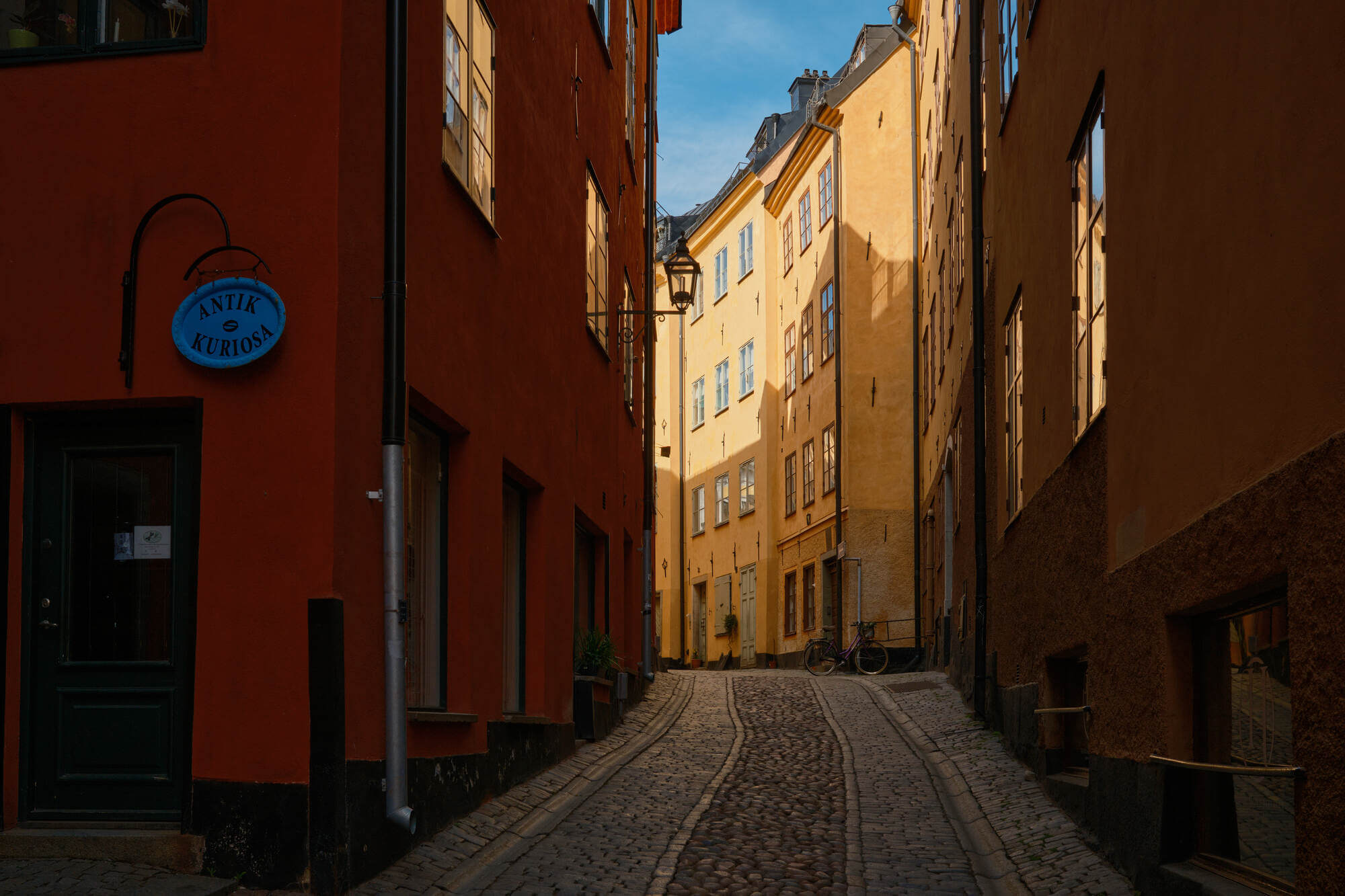
Same with Norrmalm, which roughly reflects the idea of a busy area. It has enough traffic and action, but still far from the hustle and bustle of other downtowns.
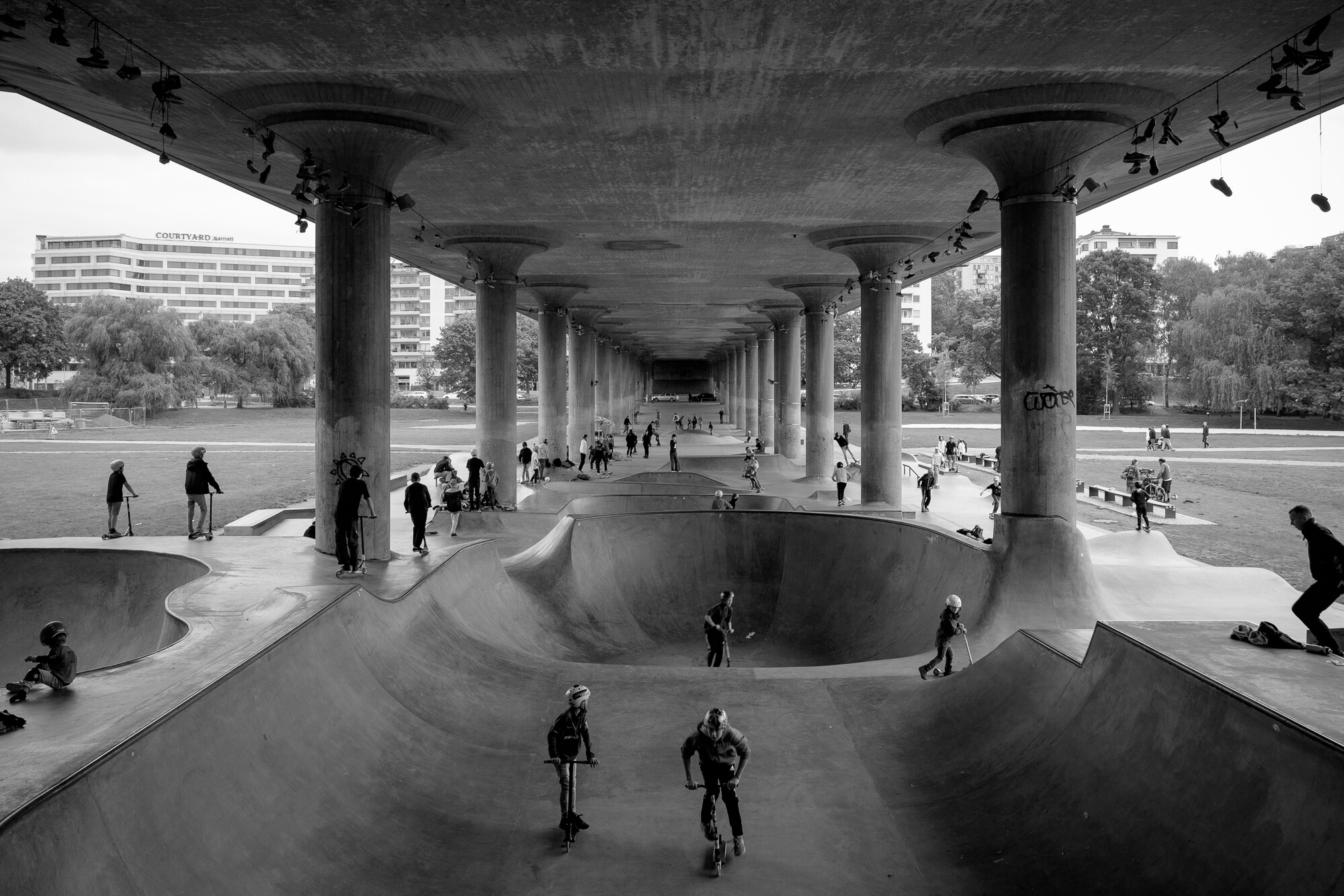
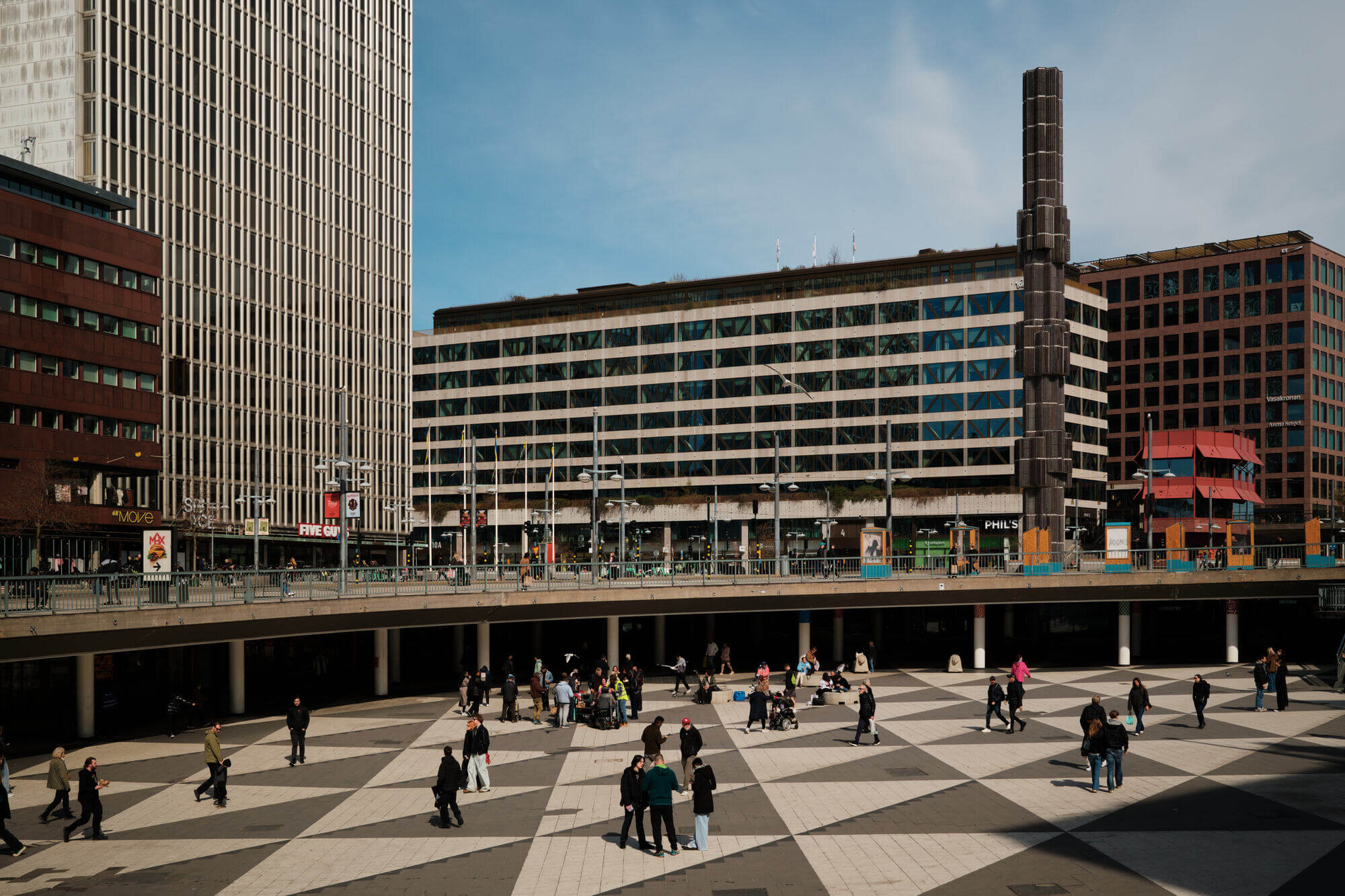

You can enjoy Norrmalm if you’re up for shopping malls, busy streets, happenings, modern architecture, etc. Just do not expect to find anything exceptional here.
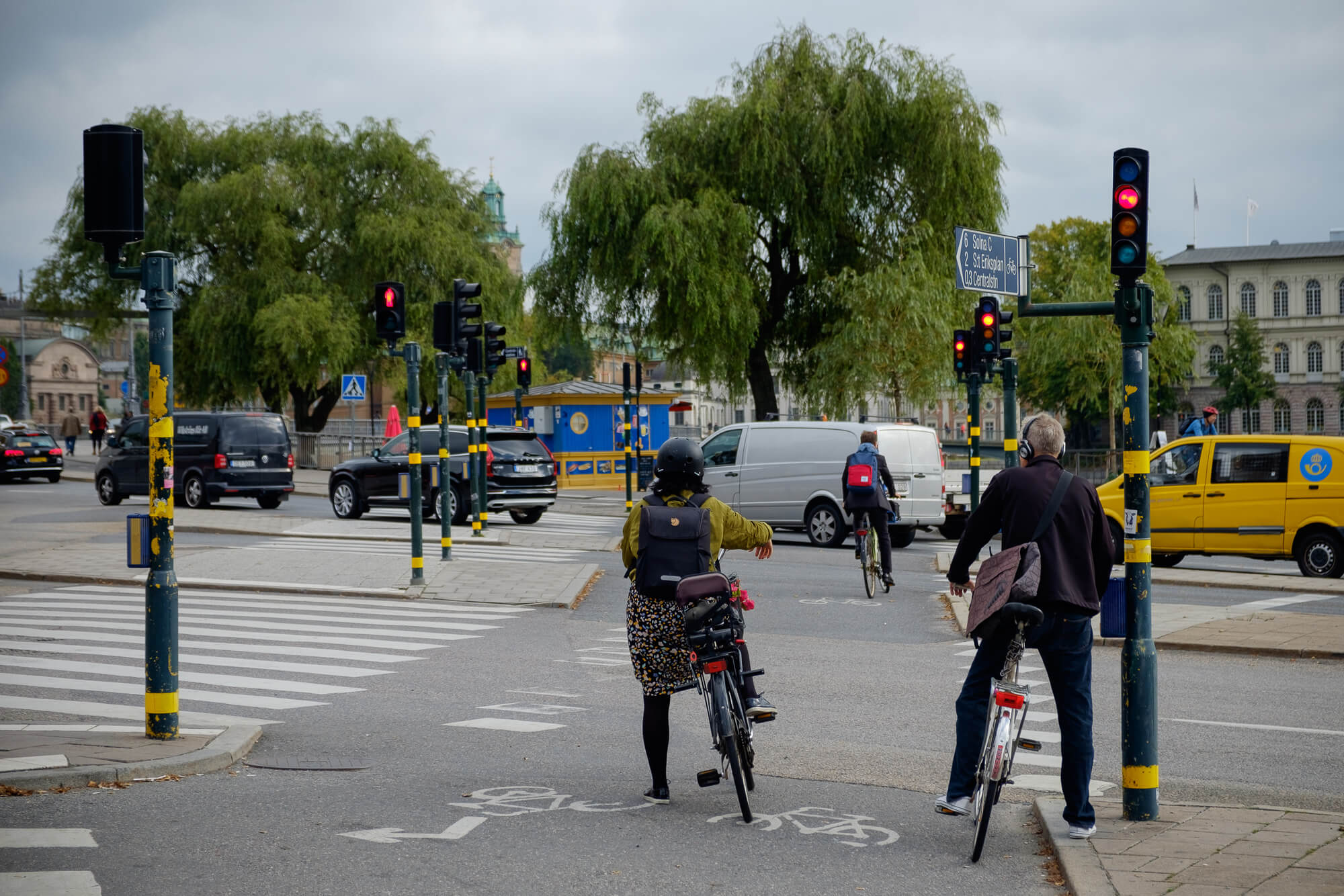

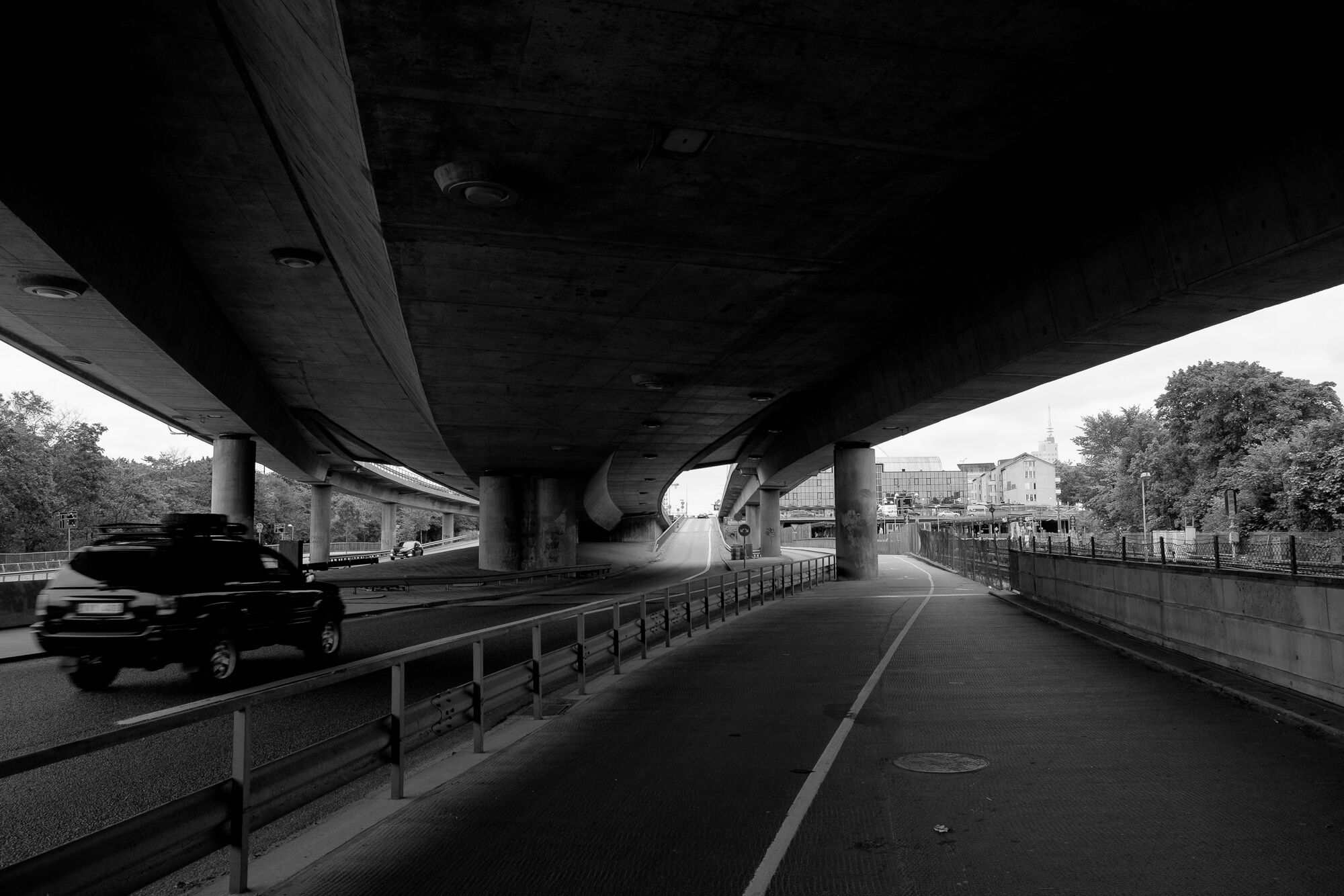
Next on the map is Östermalm, which is considered the rich area. And yeah, you can tell it’s wealthy, but not to the point of making you feel uncomfortably poor.
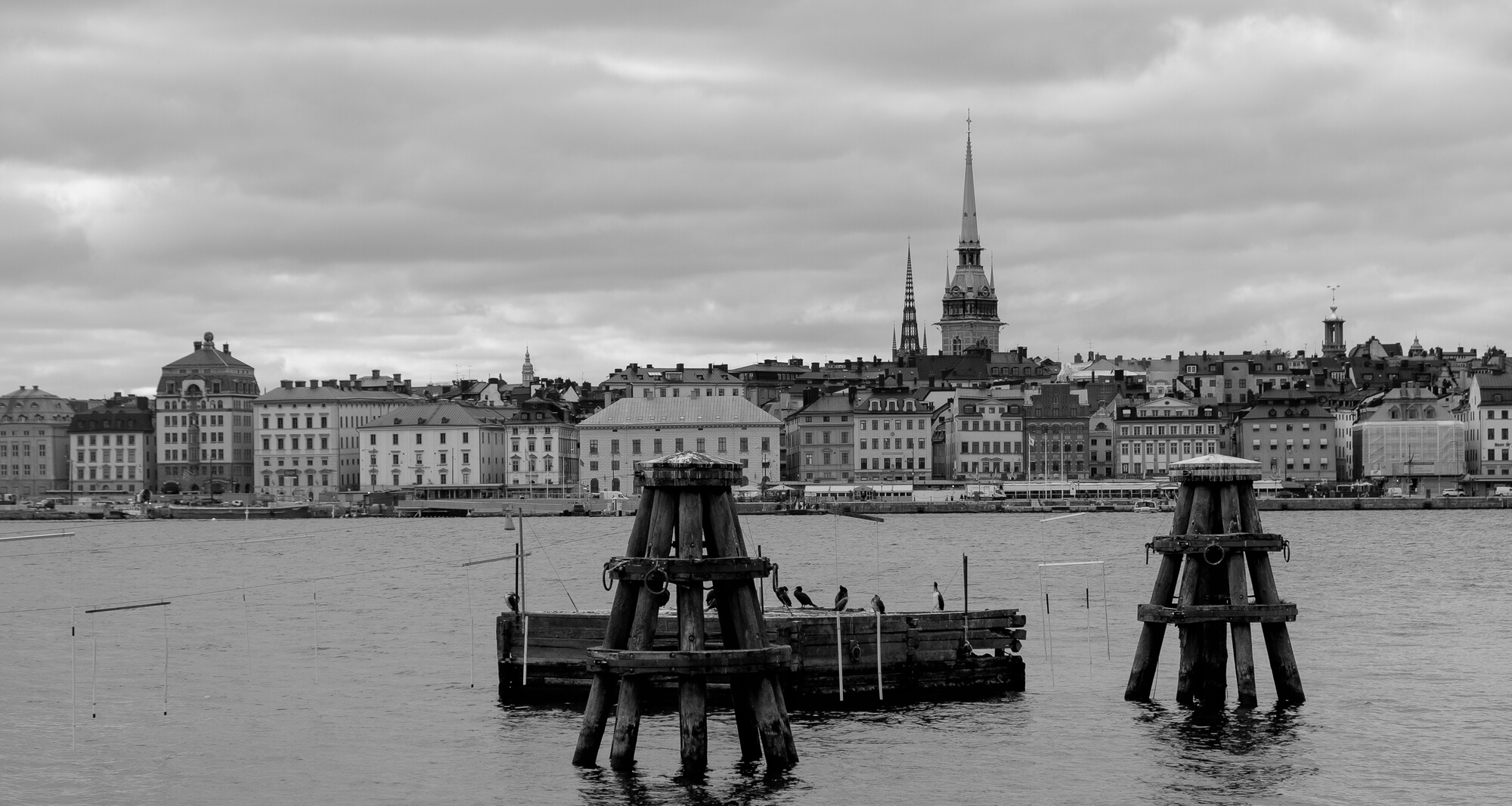
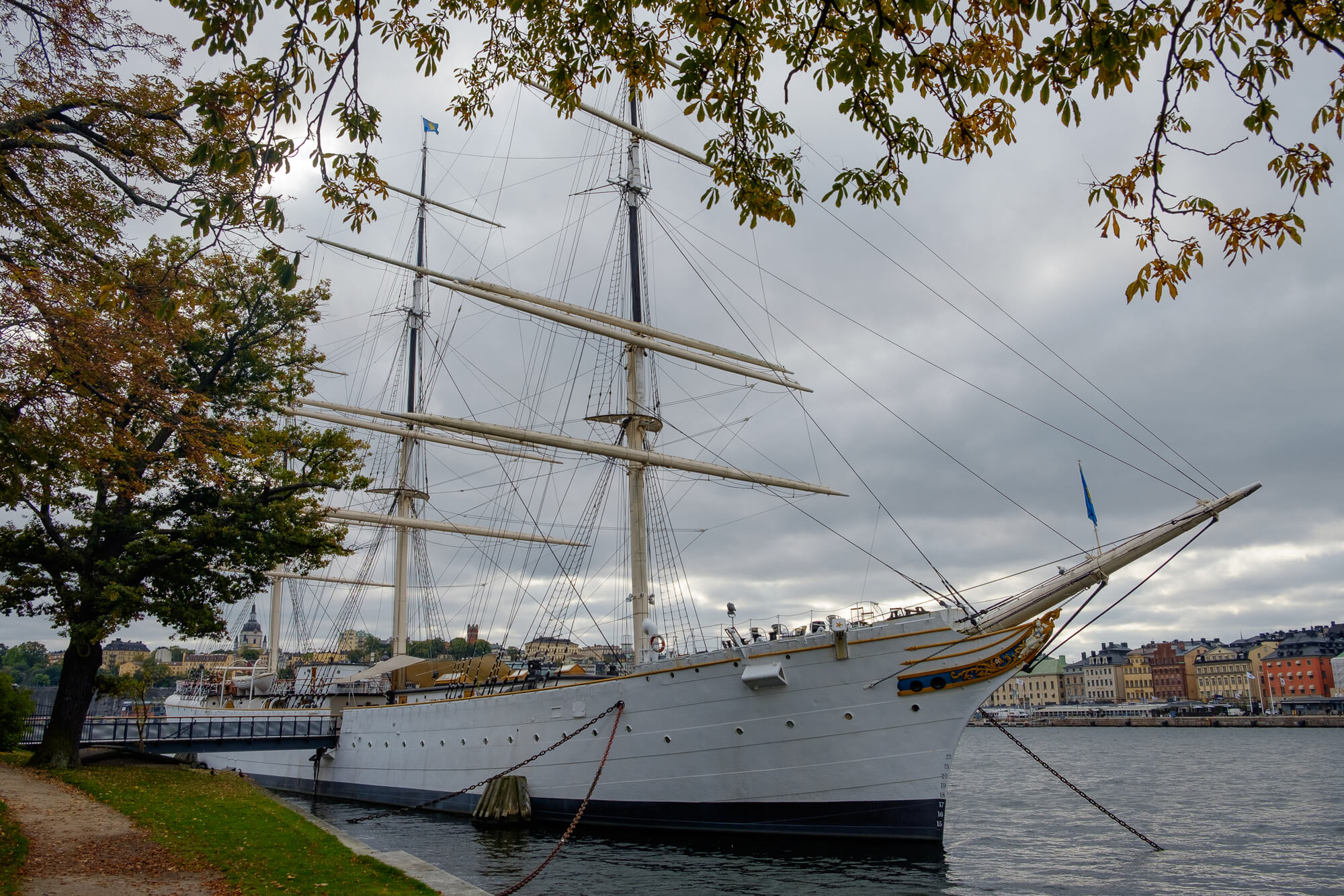
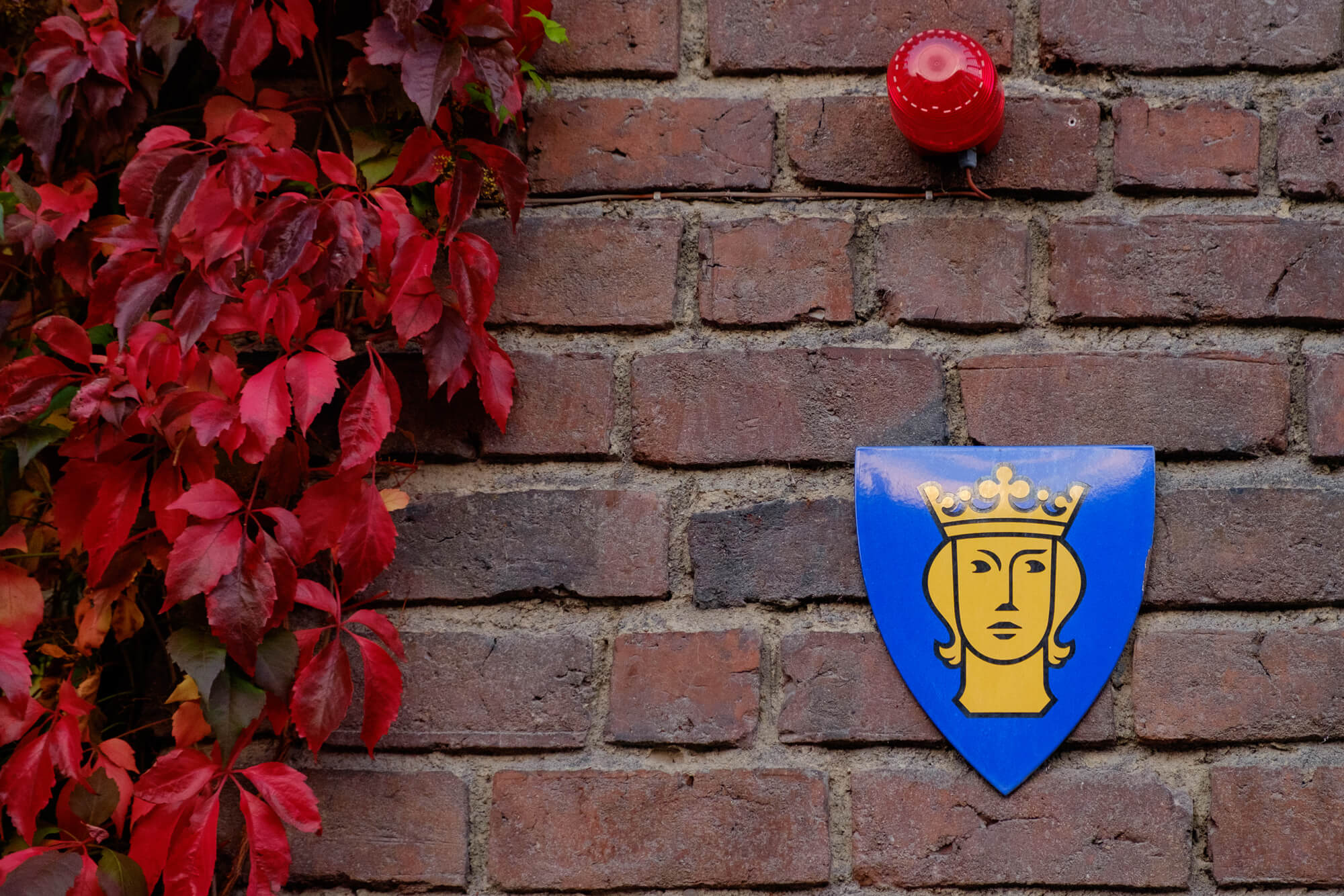
If that’s too much city for you, there’s a bridge to Djurgården — another island with lots of greenery, an open-air Skansen museum and the Gröna Lund amusement park.
In Stockholm, there’s always a bridge or a path leading to a wilder scenery, where you can have enough nature (but not too much to forget you’re in a big city).
Södermalm is my favorite part. Travel guides describe it as a standard ‘have fun and get drunk with hipsters’ area. But, again, it’s rather subtle than in your face.

Although Södermalm is uneven in every sense, nothing there stands out. It feels like a big, paradoxically wholesome patchwork of various styles and functions.

Södermalm’s southern shore has a quieter residential vibe with beautiful community gardens and waterfront walks. This place deserves a visit in any season.
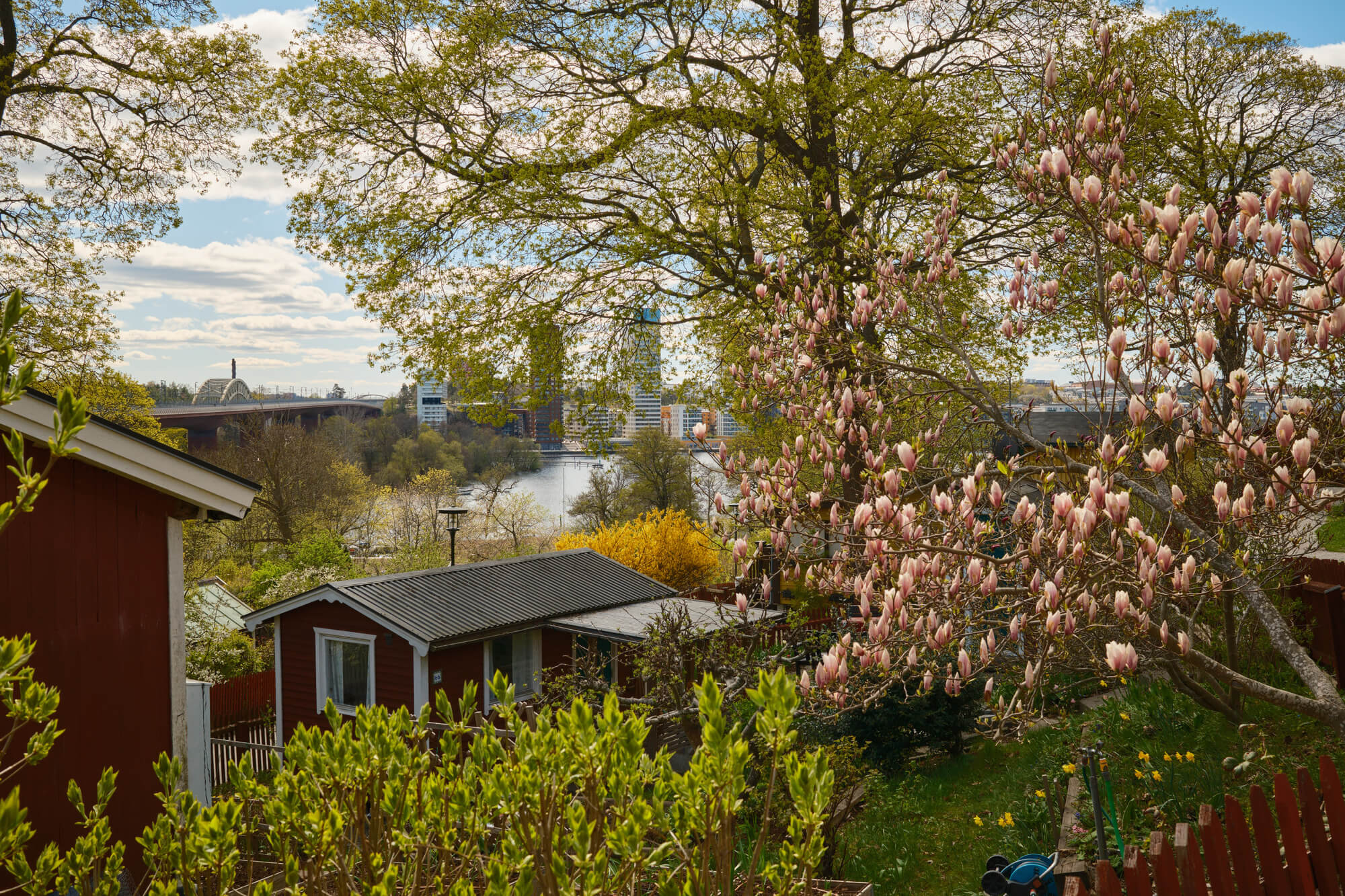
There’s much more to explore in Stockholm. Not special in any way, it just offers a good enough infrastructure to make each walk a pure carefree pleasure.
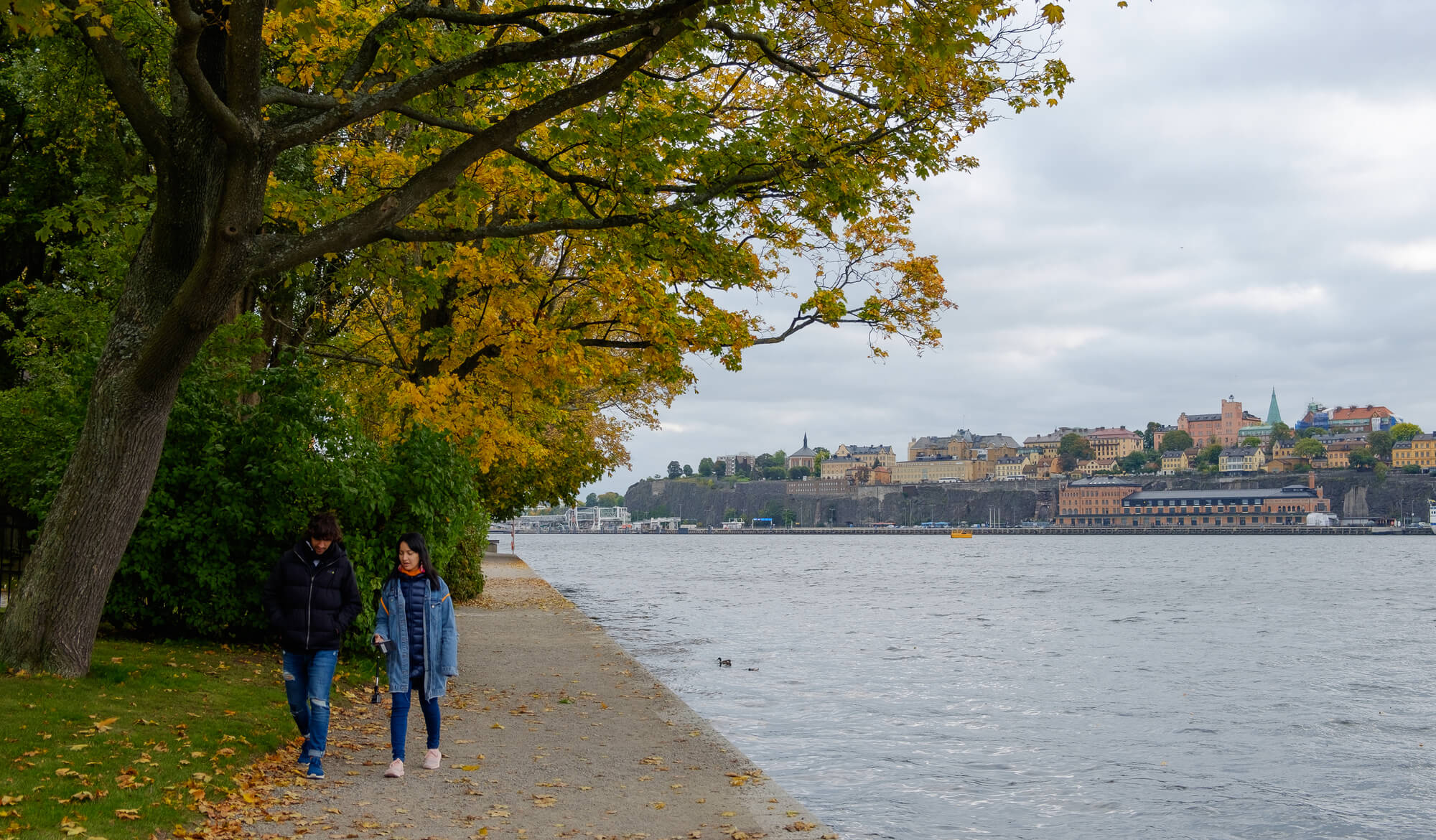
Another benefit of wandering around is that it’s free. Everything else comes with Scandinavian price tags — one of the rare things here that go beyond average.
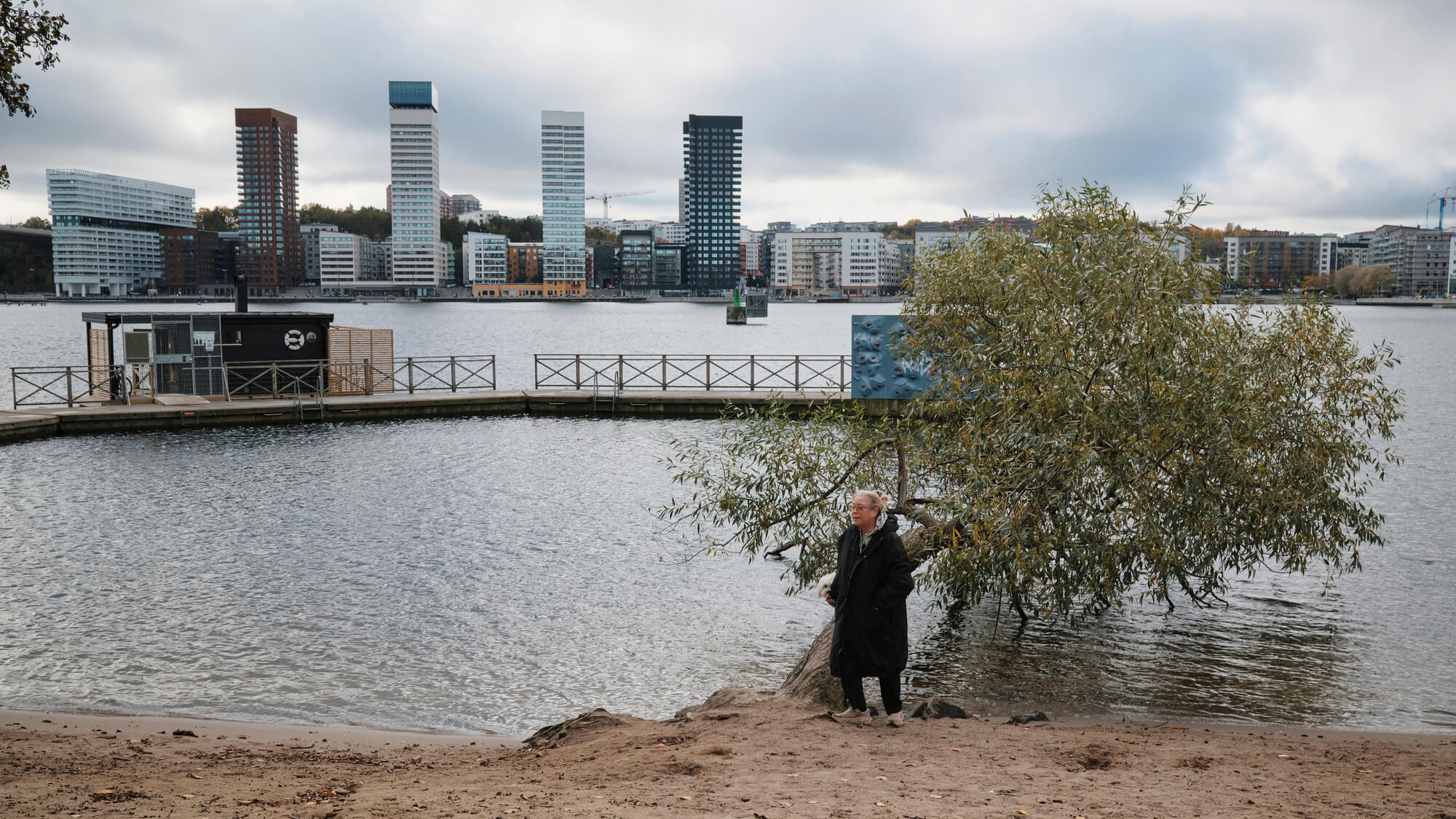
You can save a buck by having meatballs at IKEA, snacking at 7-Eleven, and booking accommodations outside touristy areas. But it’s still not too budget-friendly.

Another money-related thing to keep in mind is that Stockholm is virtually cash-free. Even back in 2018 there were venues that wouldn’t accept paper and nickel.
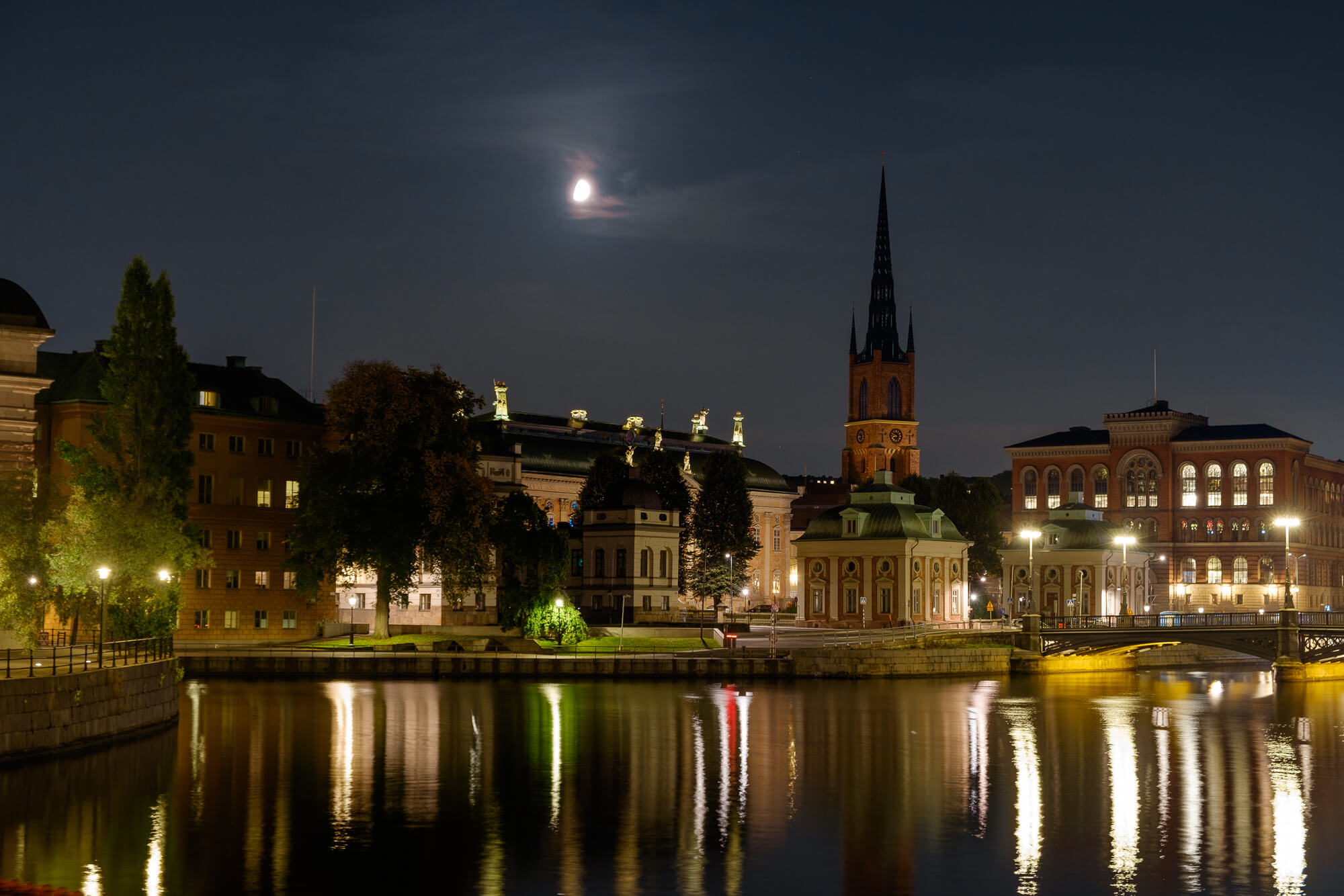

Once you’re tired of all the walks, bridges, cityscapes, parks and so on, Stockholm has a good enough (but far from excellent) public transport to carry you around.

Although the city is very walkable, its 14 islands are still divided by water, so you’ll likely be taking plenty of ferries included in the city’s transport system.
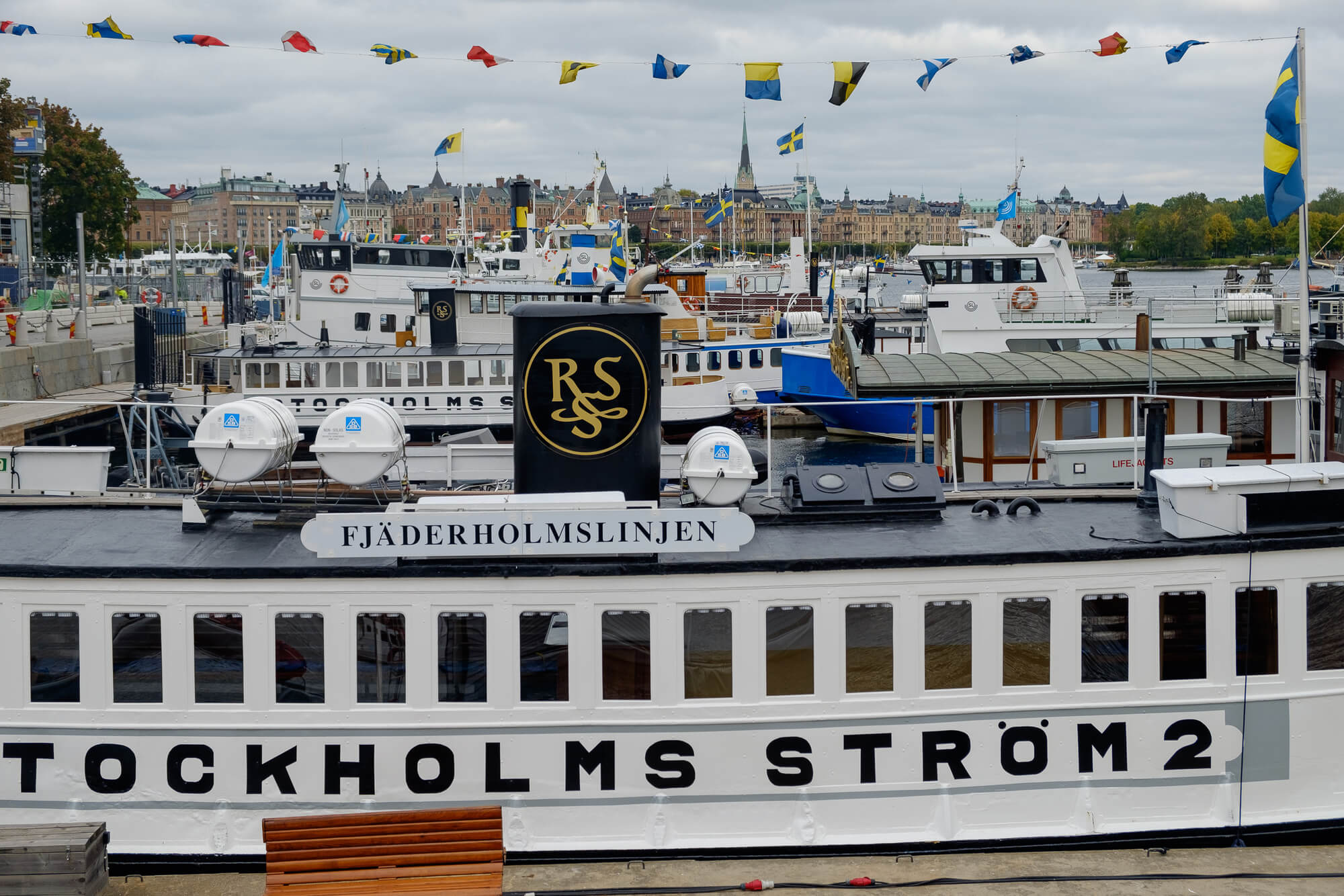
My first time in Stockholm was in 2017. Some photos in this post were taken back then while others are recent. But you’d really have to nitpick to figure out which.

Of course, the city has changed since then, but not as much as my perception — which made a U-turn from ‘extraordinary place’ to ’world capital of mediocrity.’
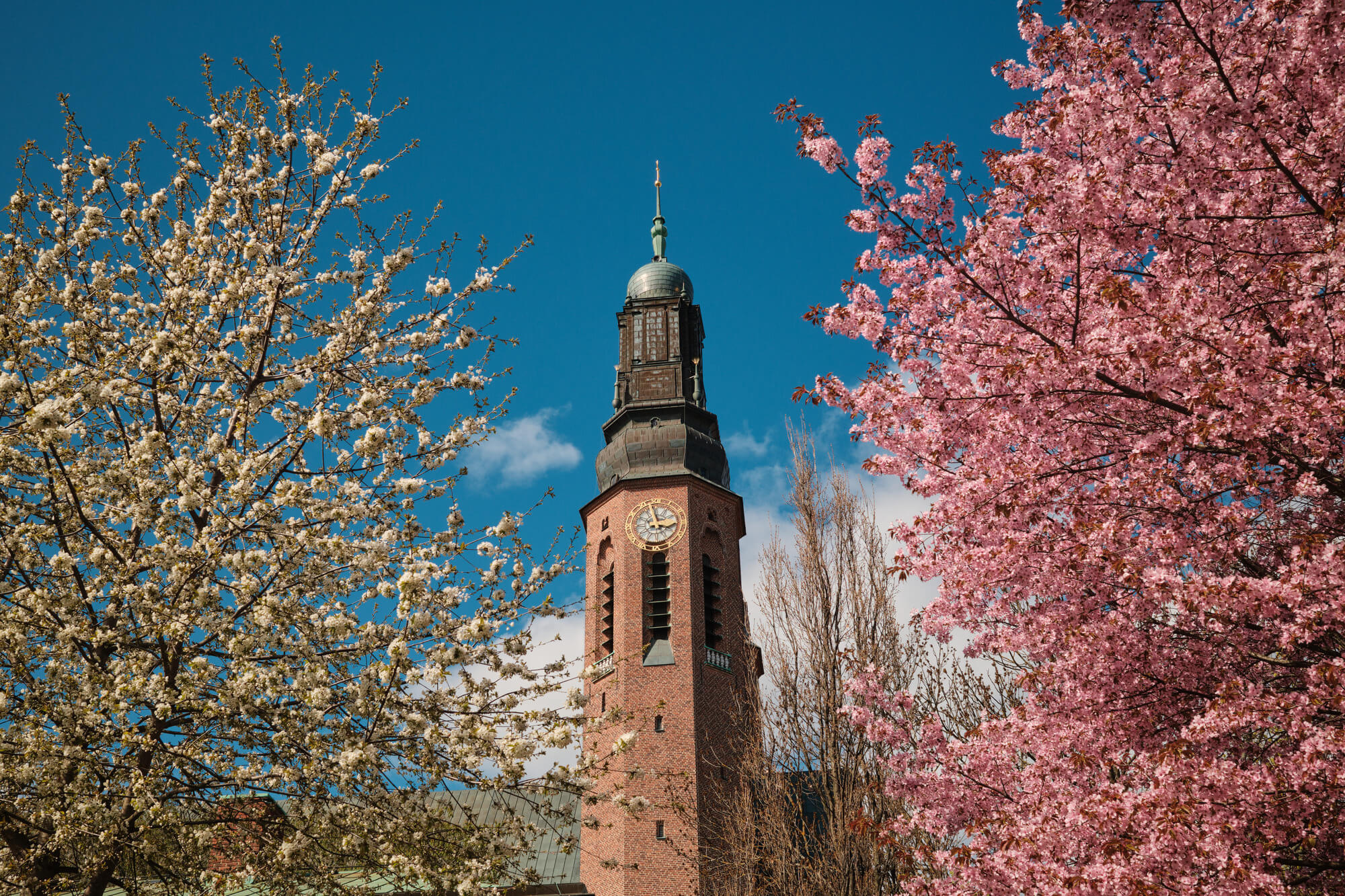
Maybe it was a false dichotomy from the start, but now I’m certain that while the extraordinary fades over time, mediocrity is indefinite.

